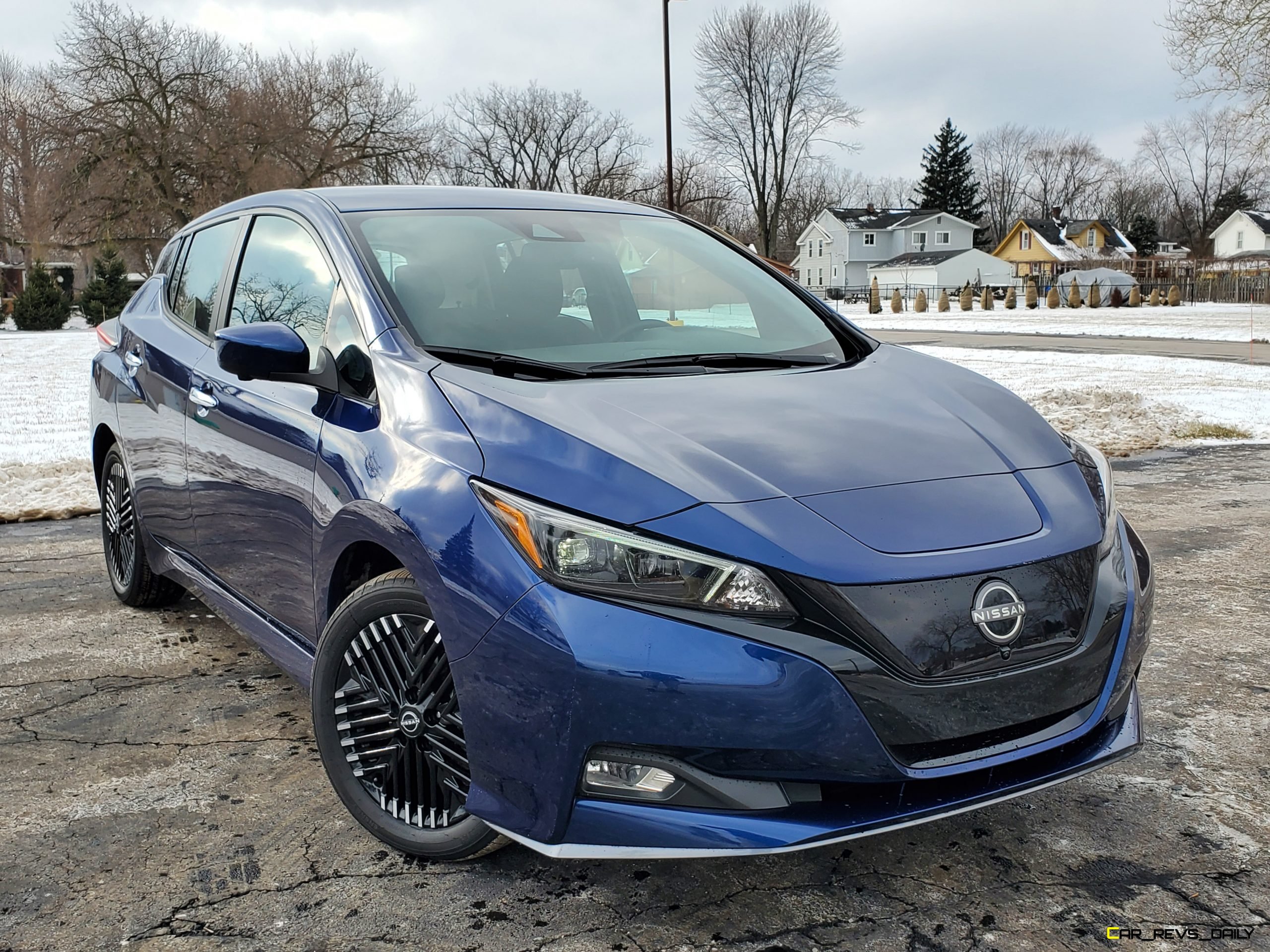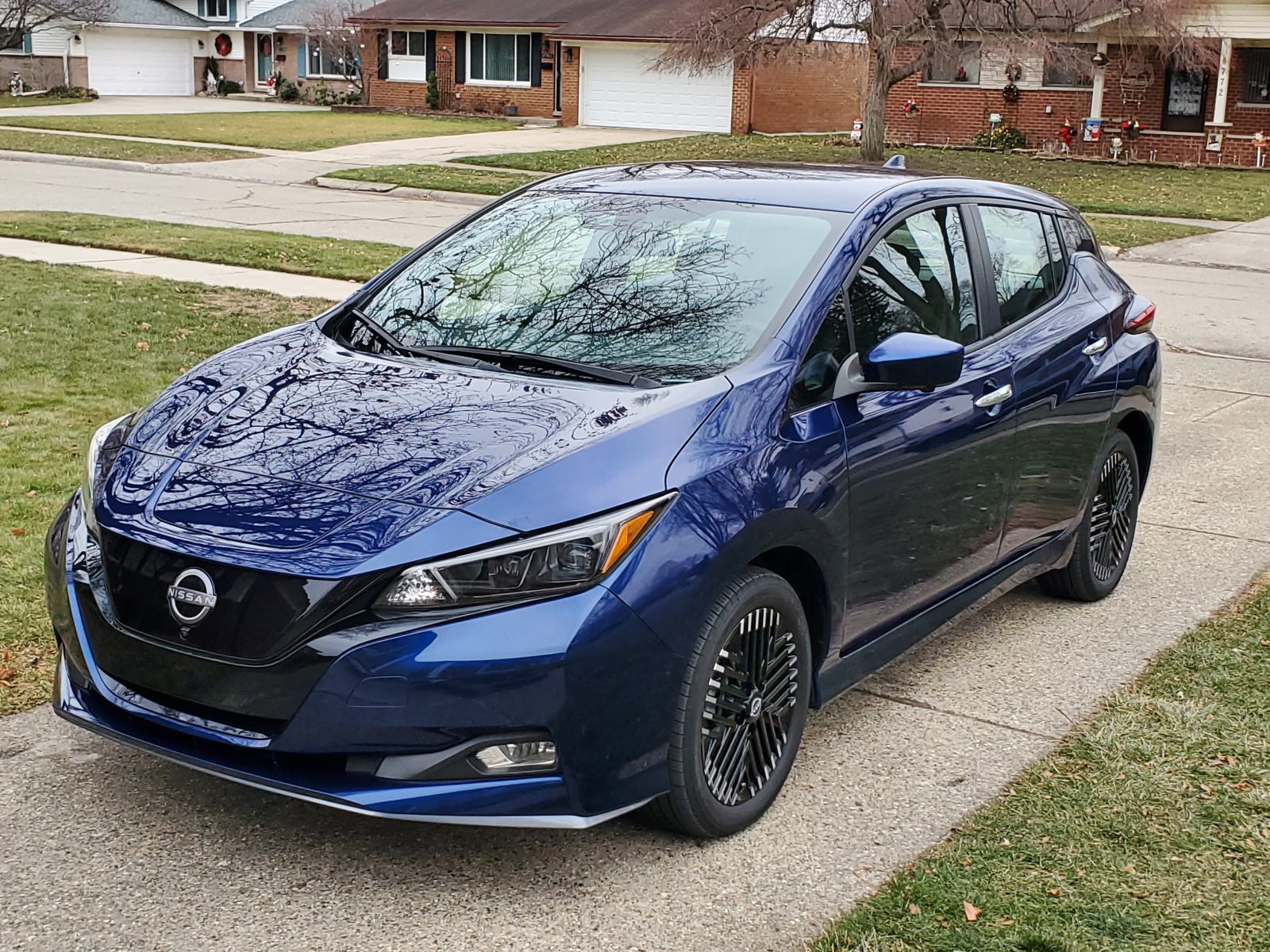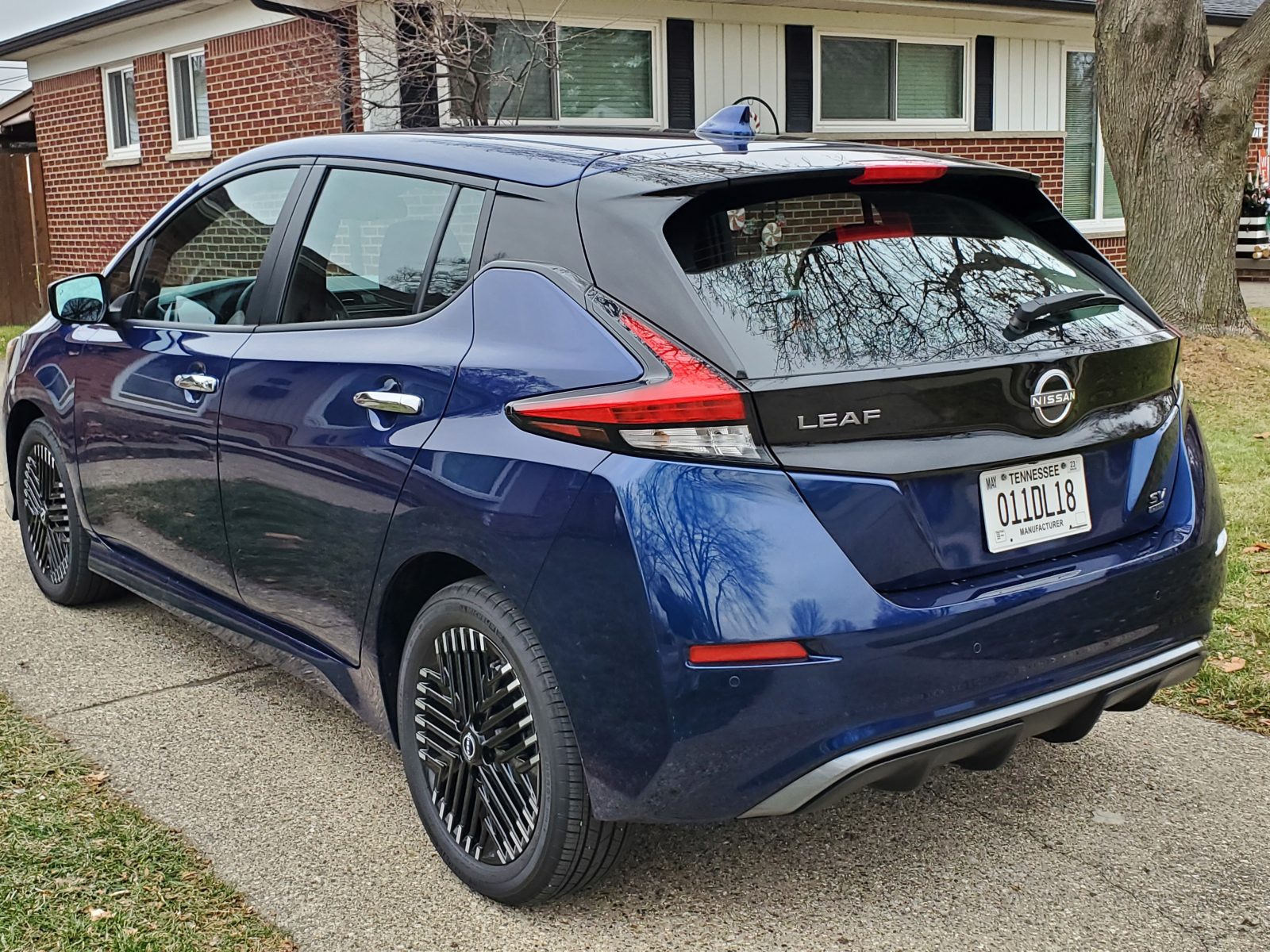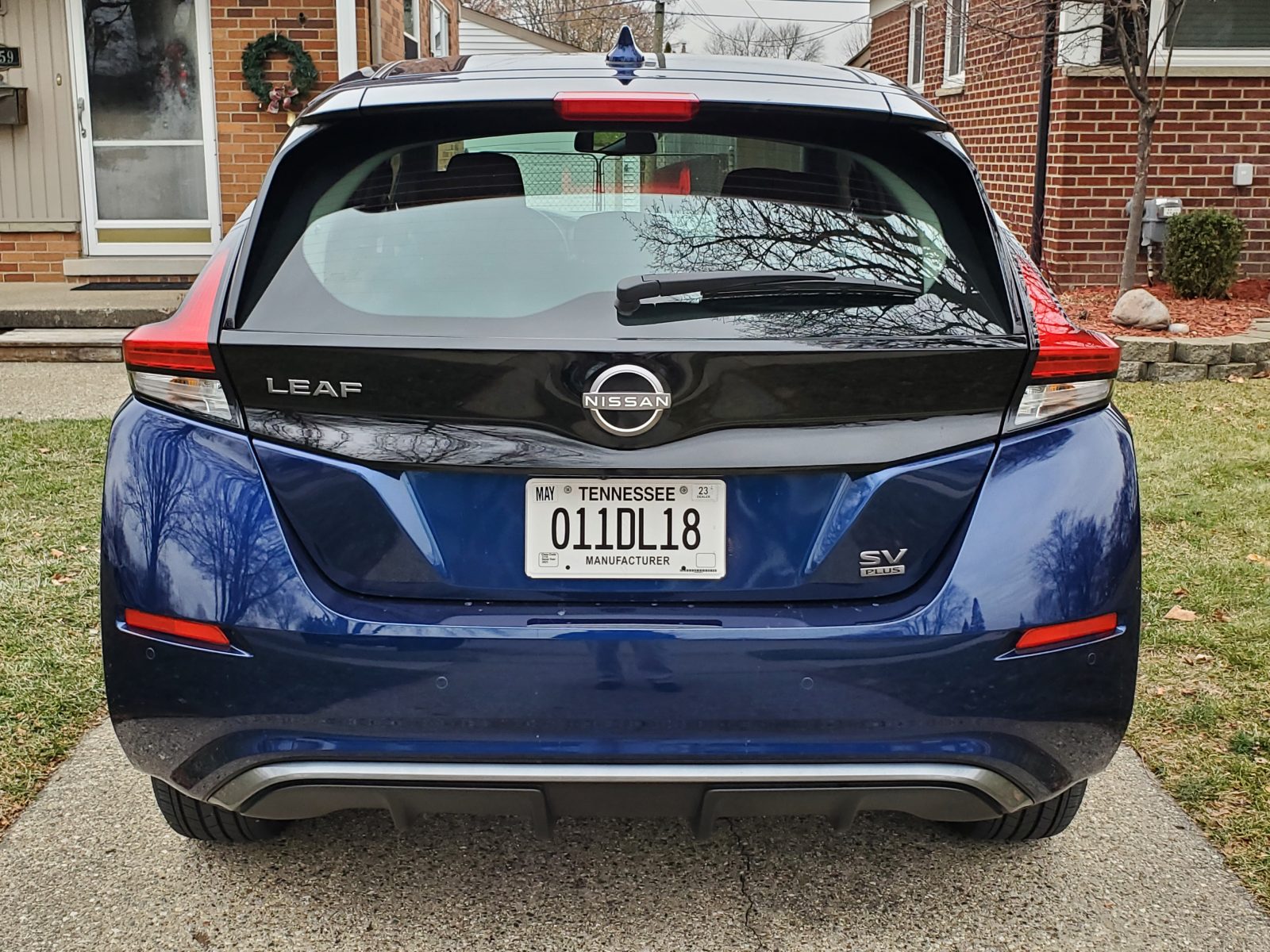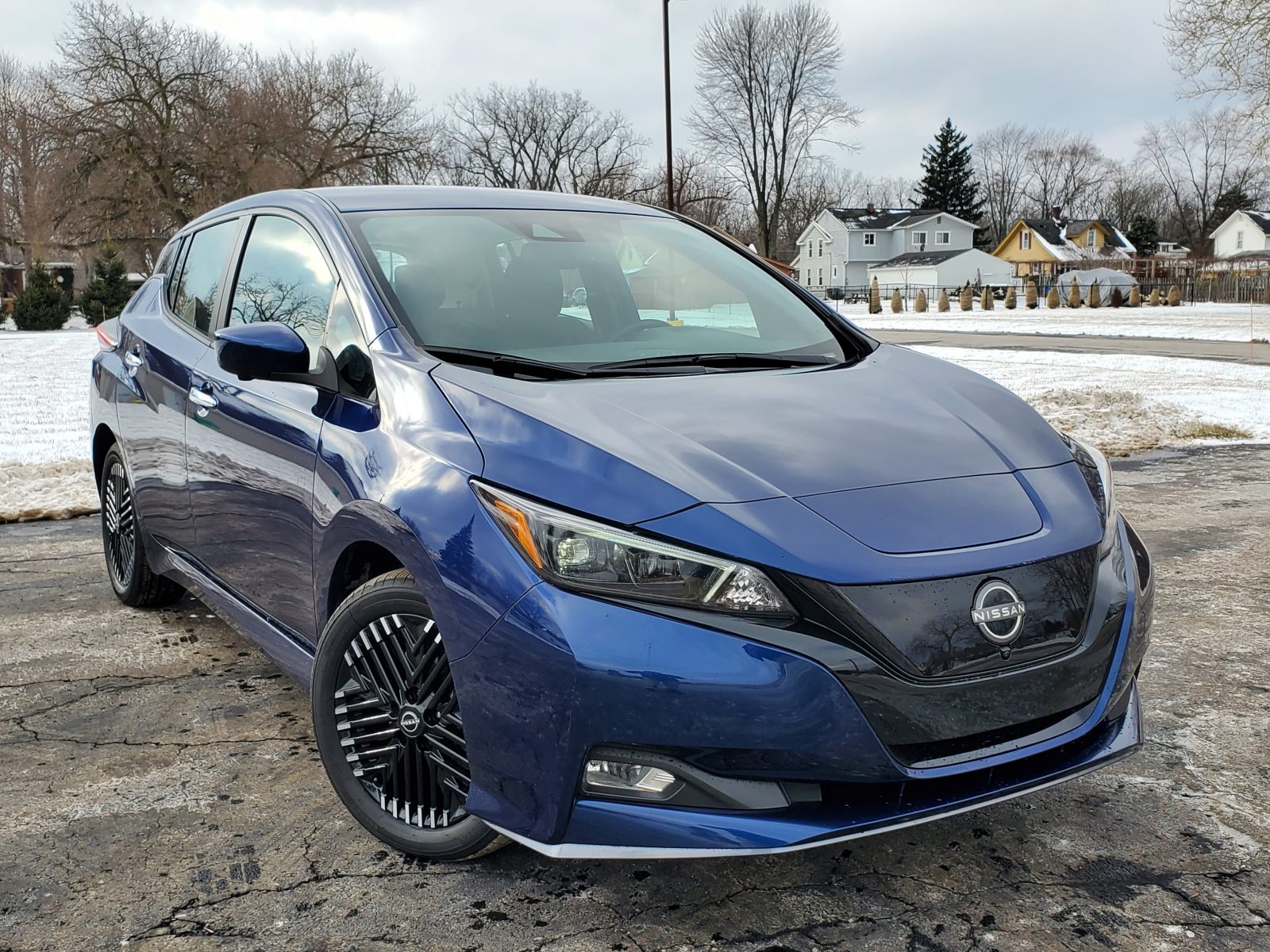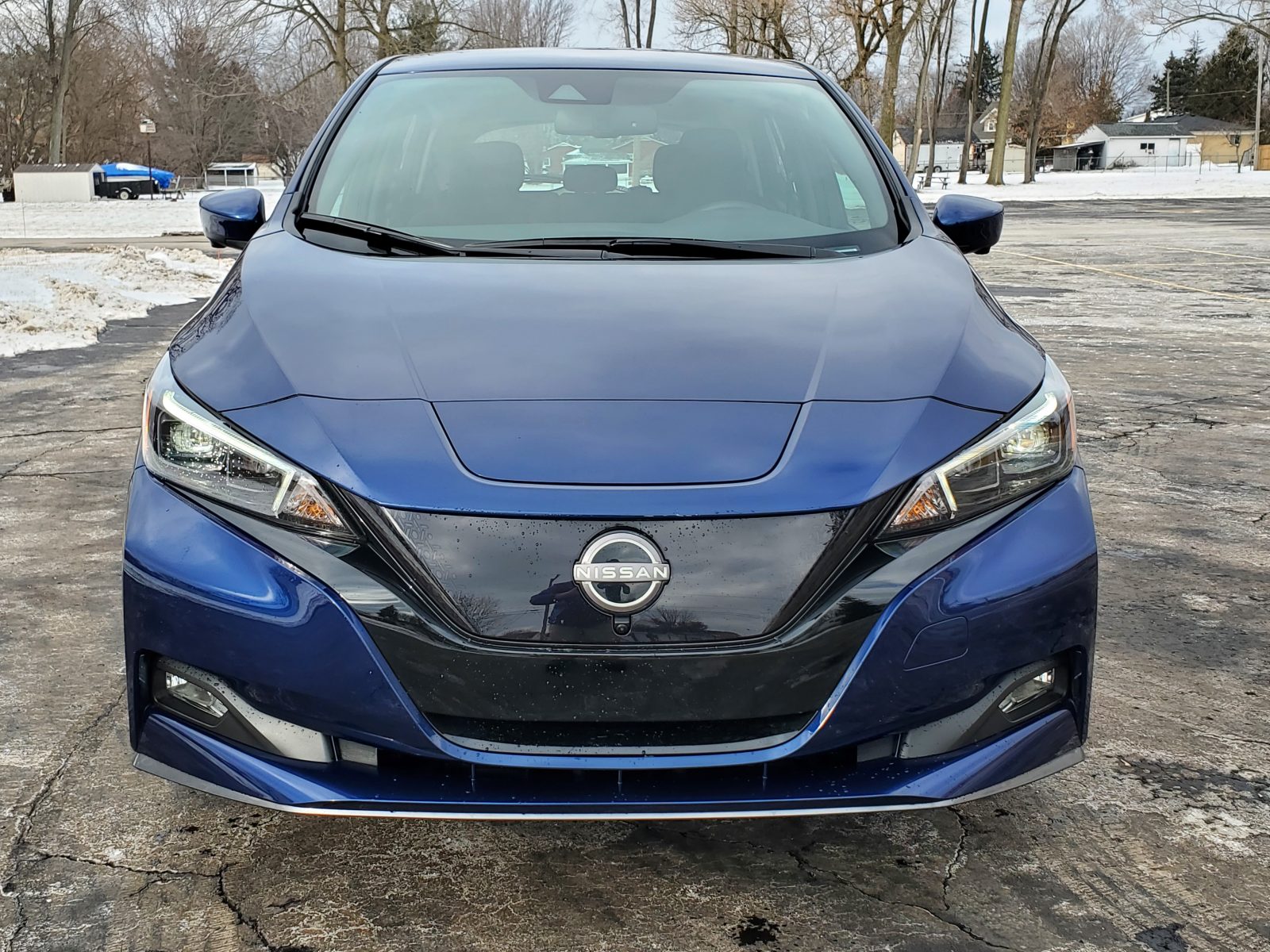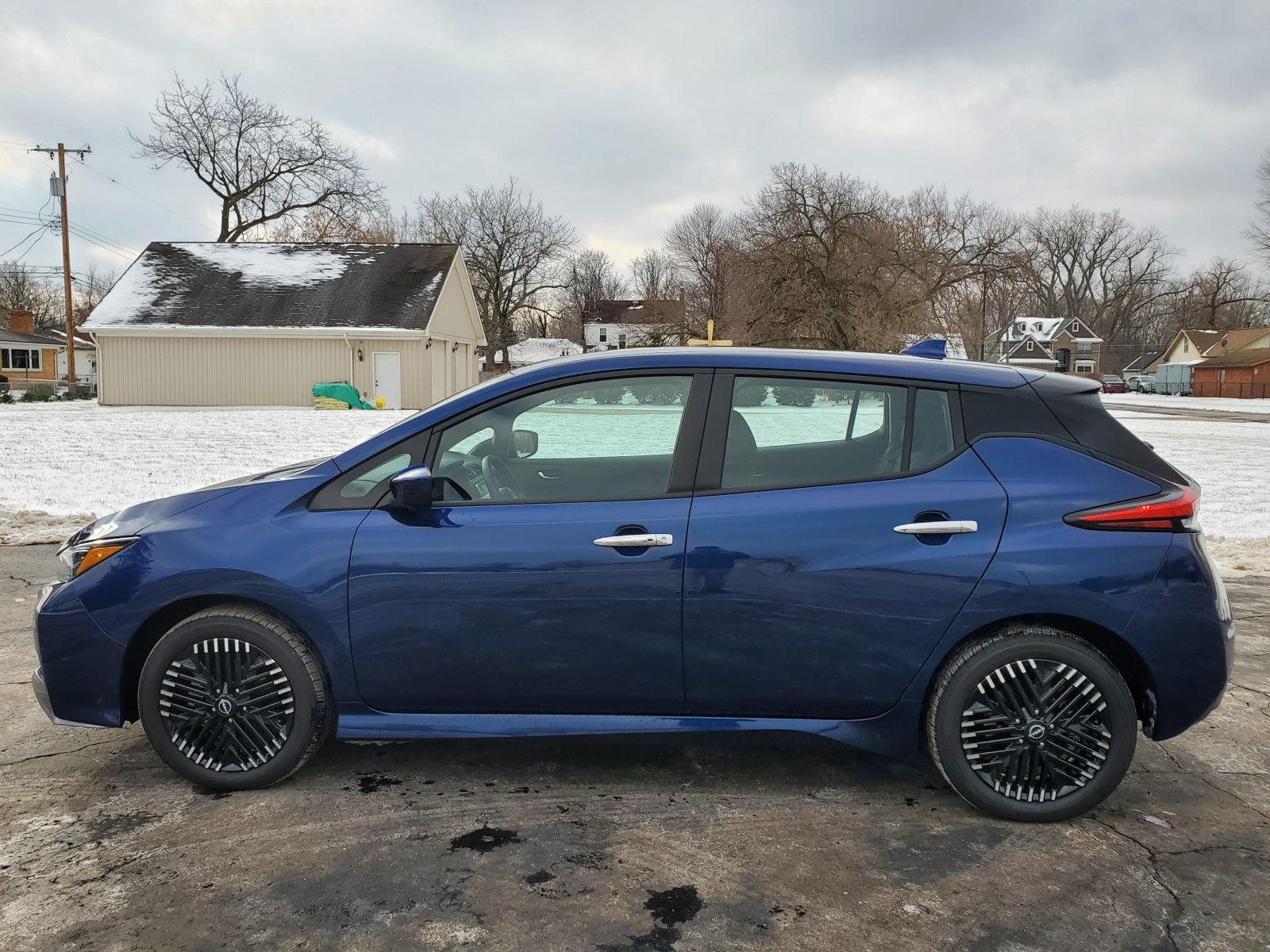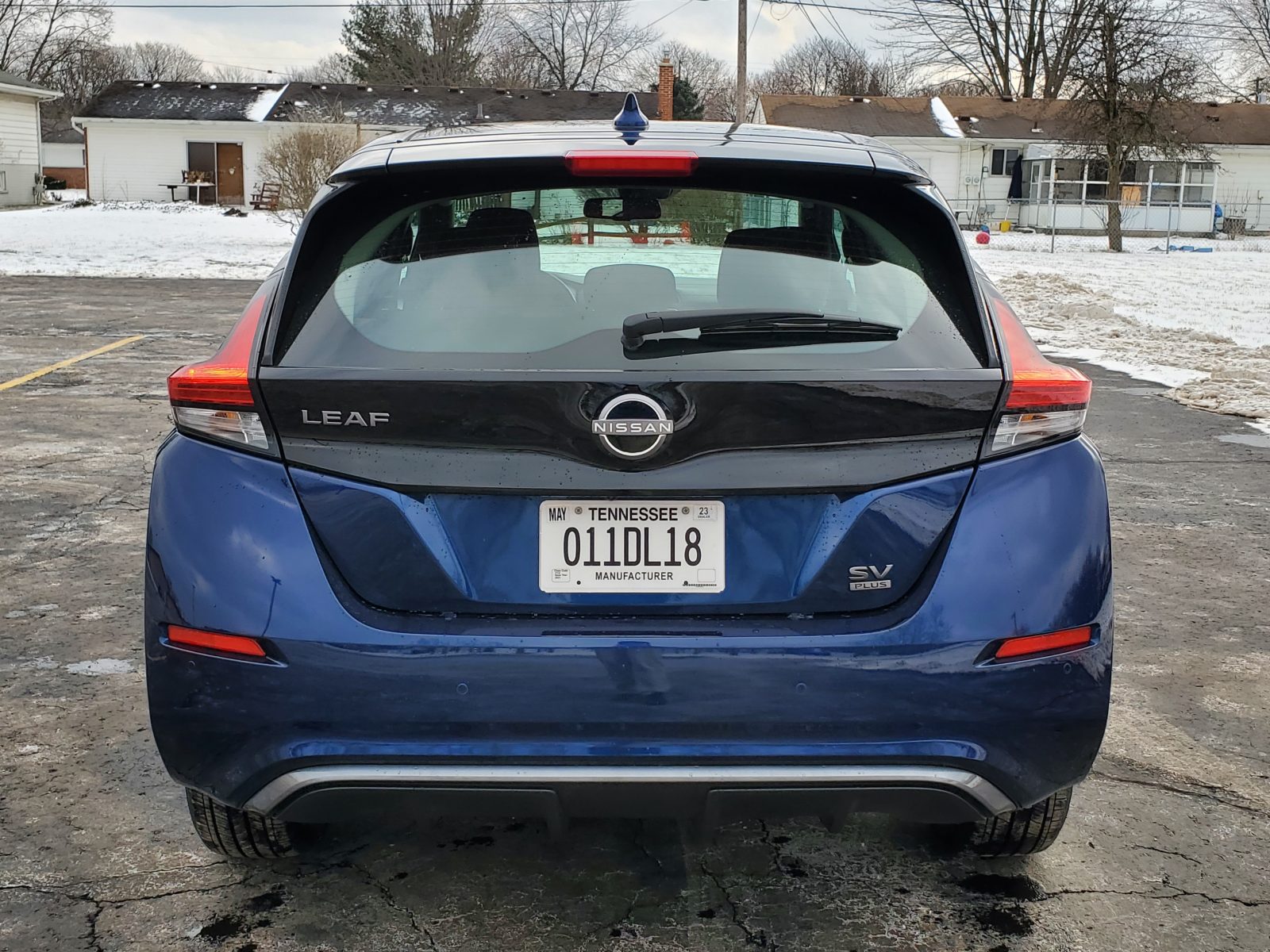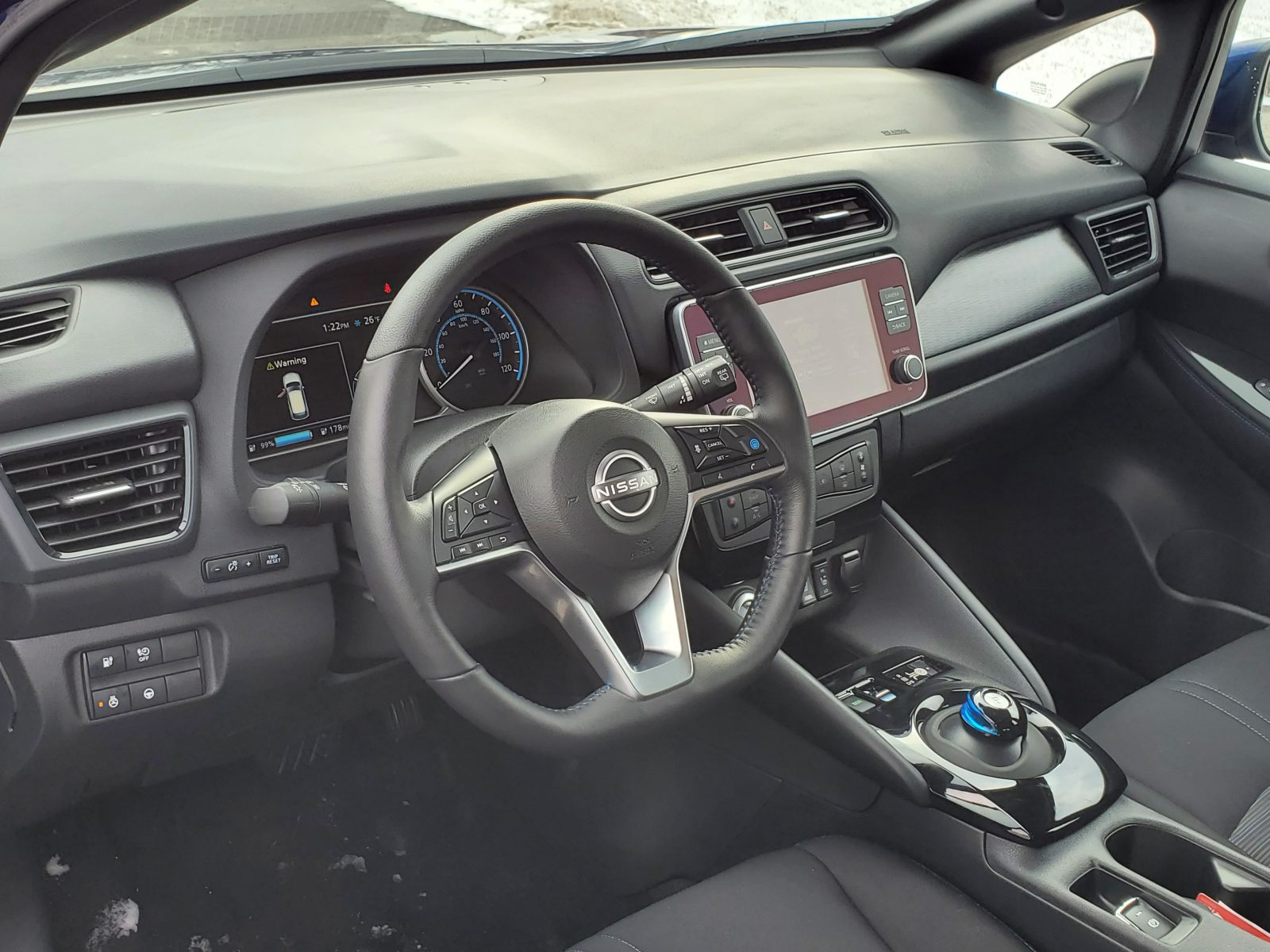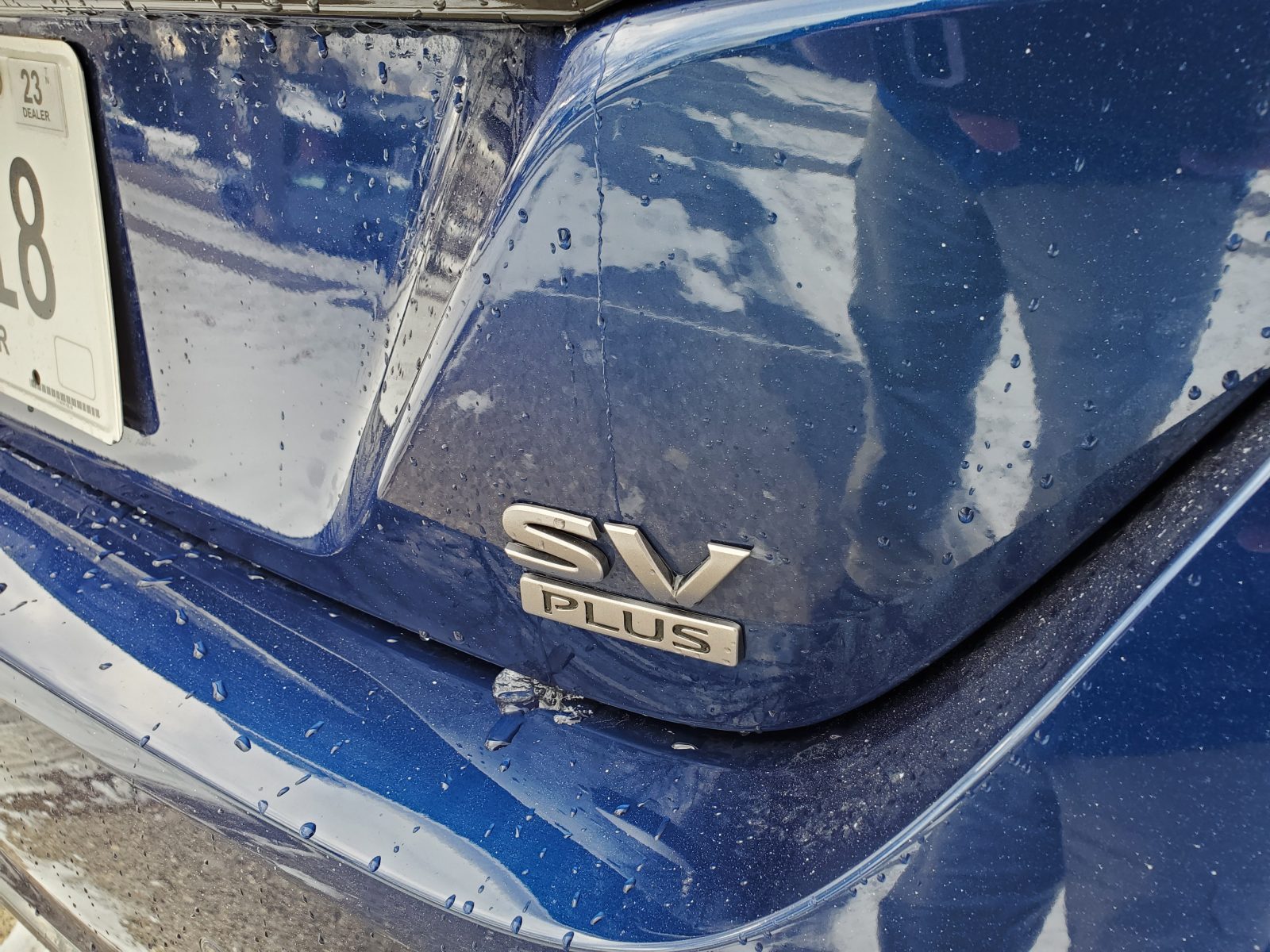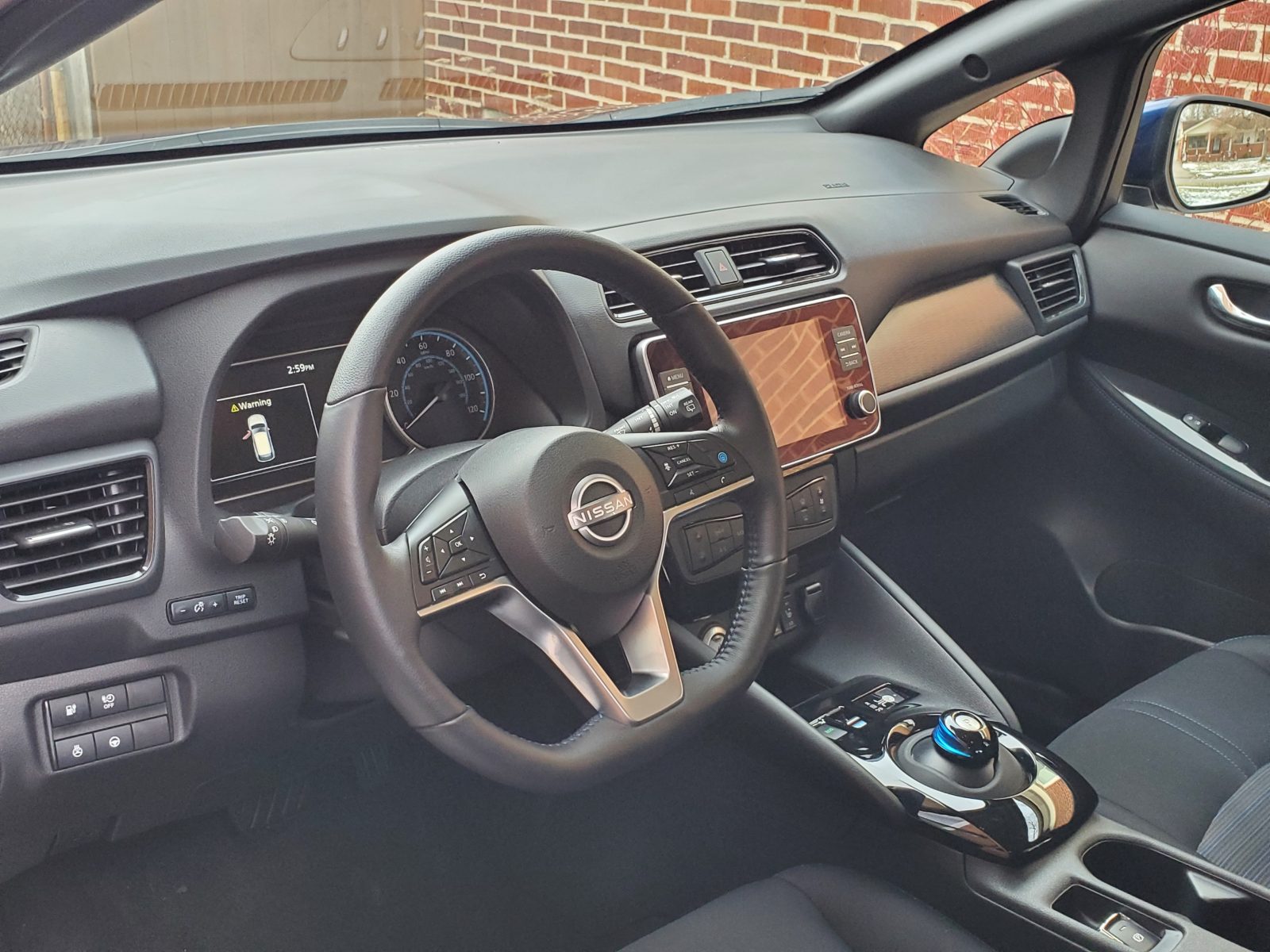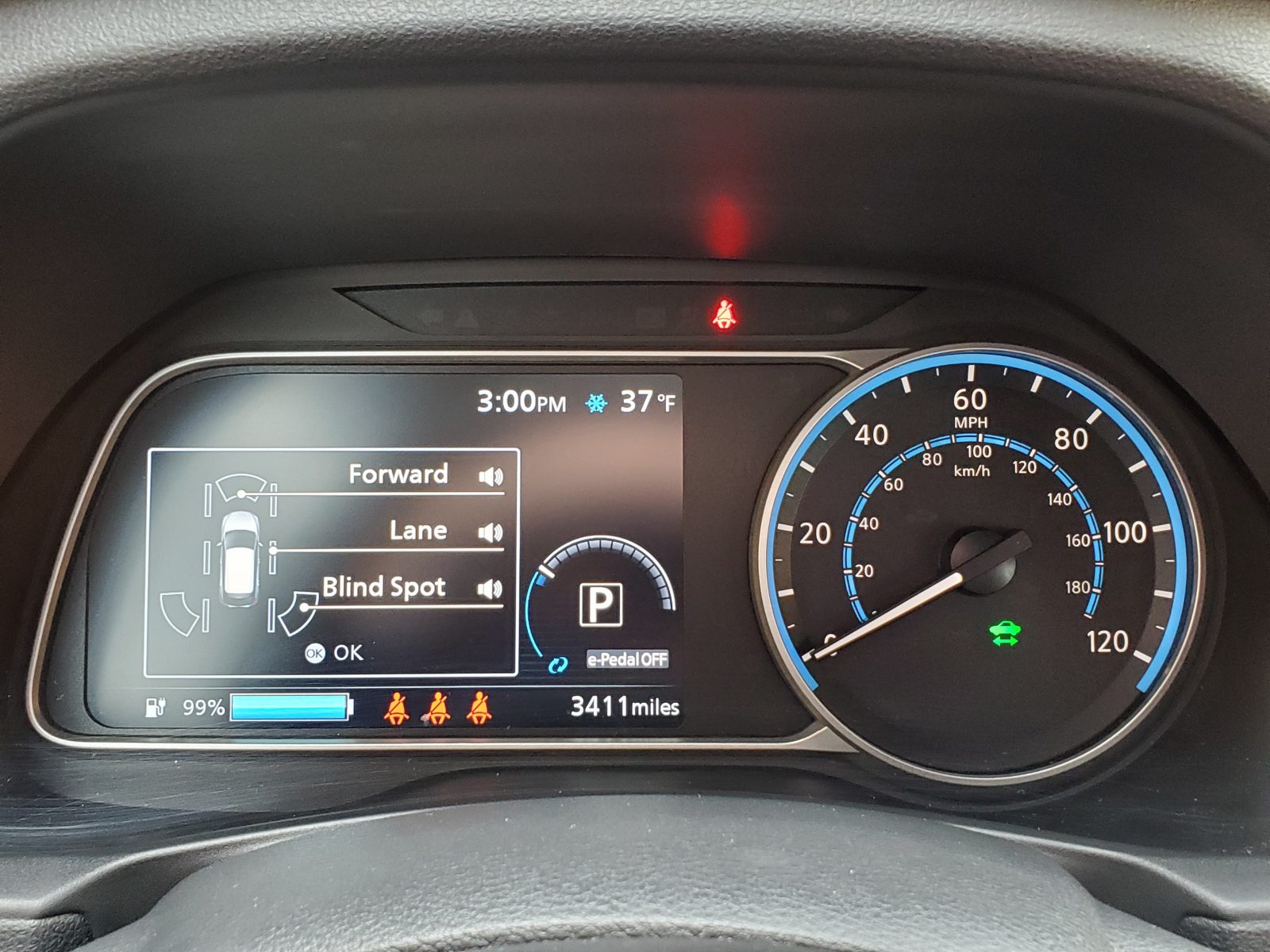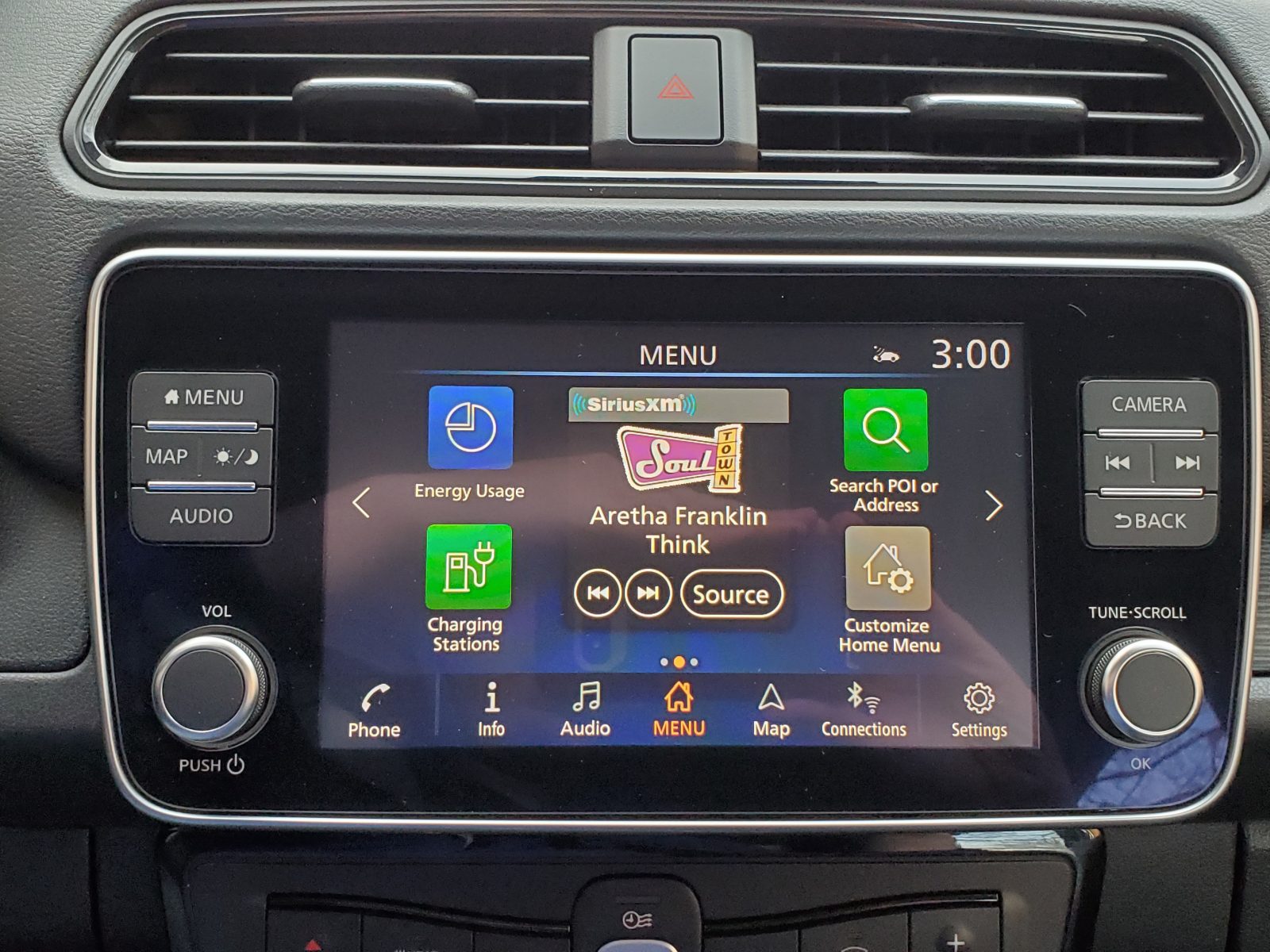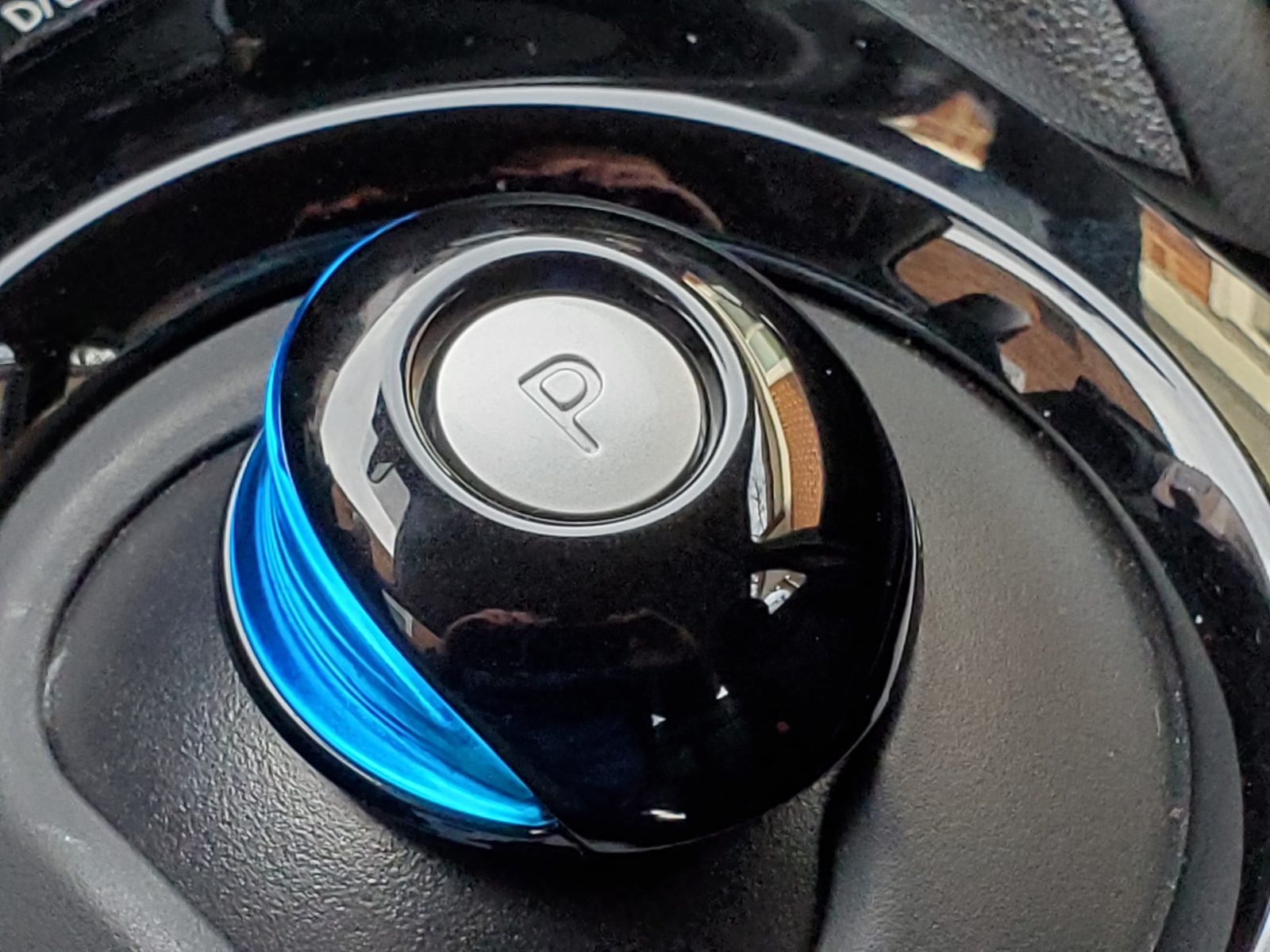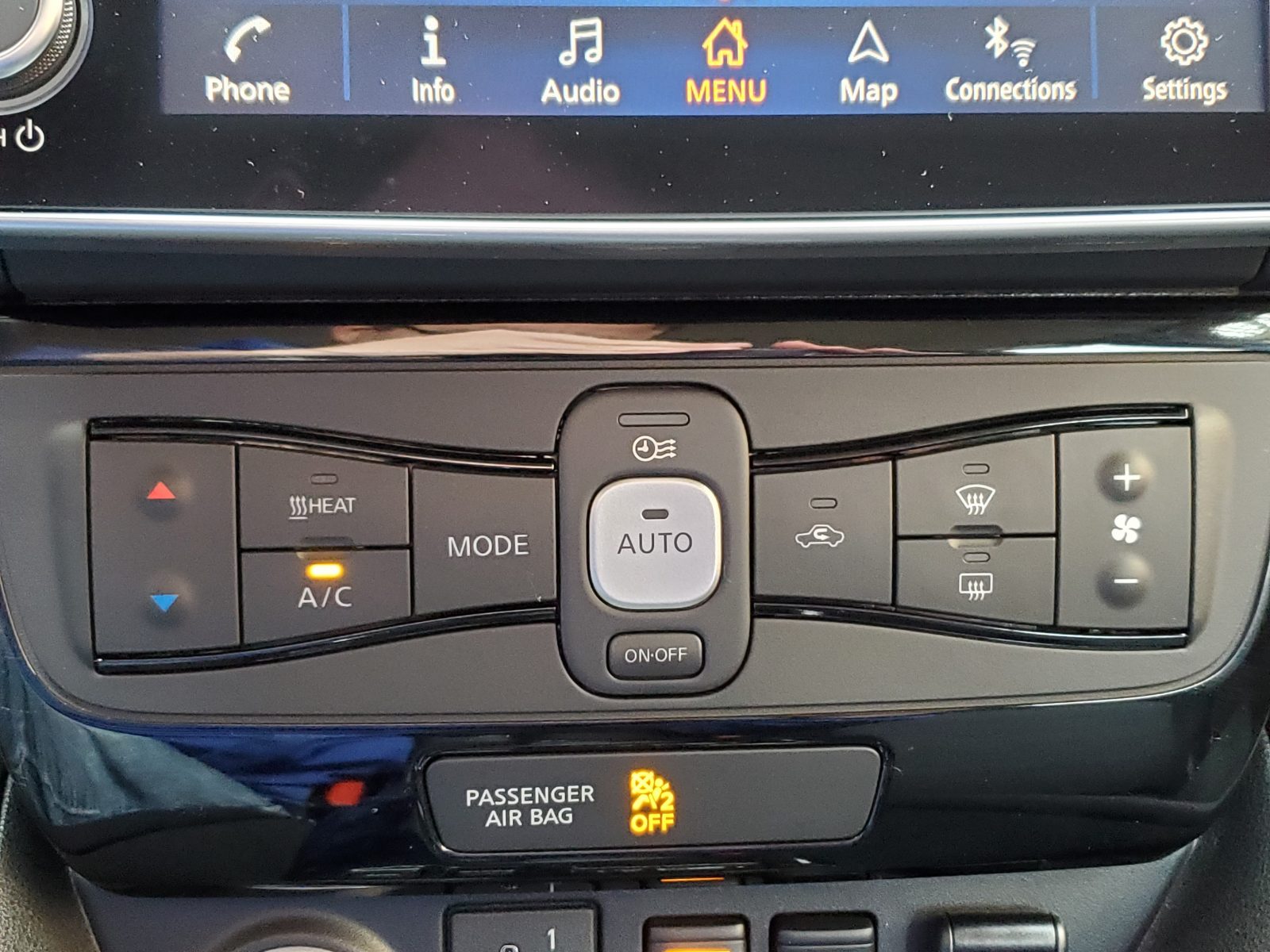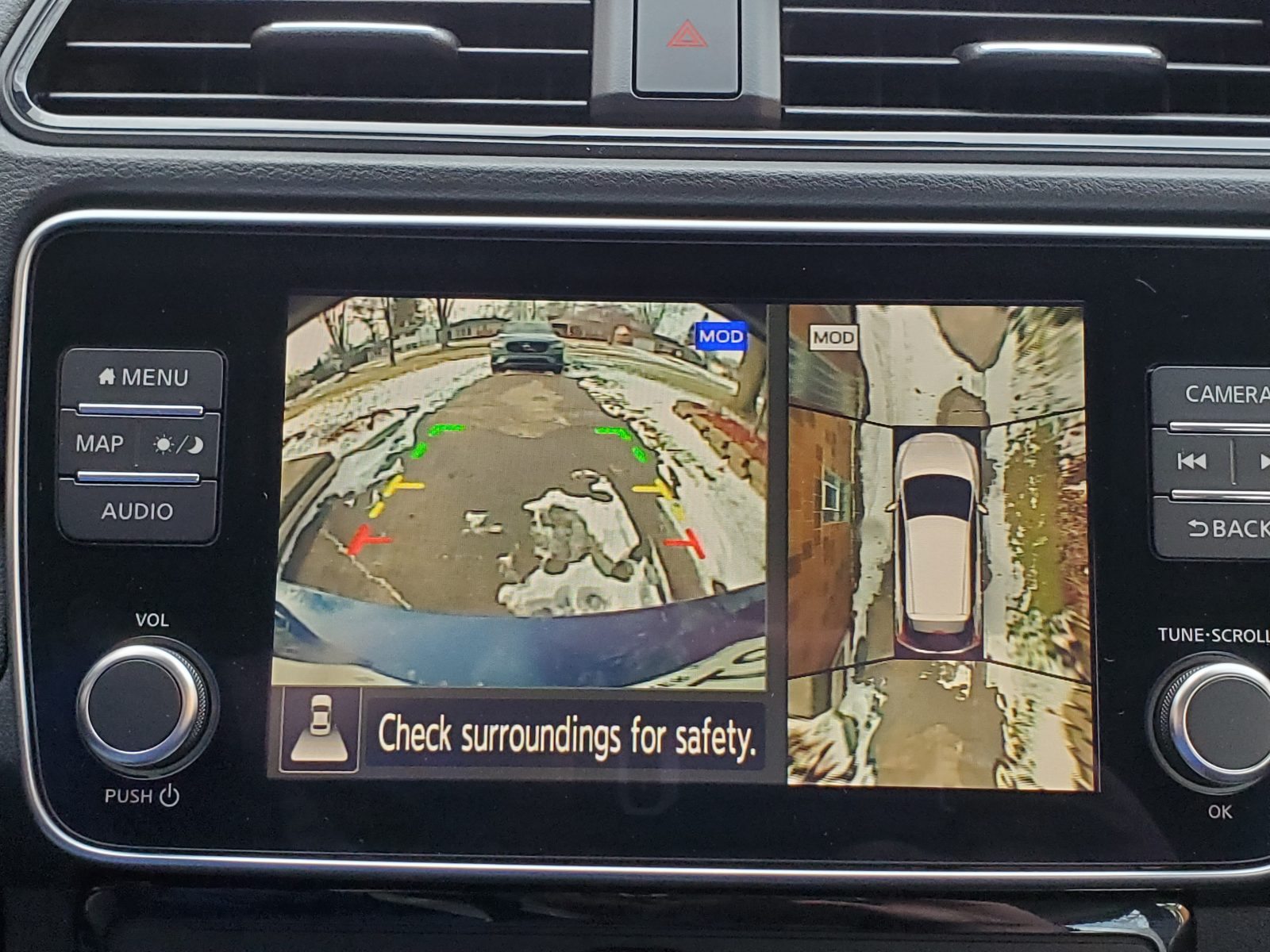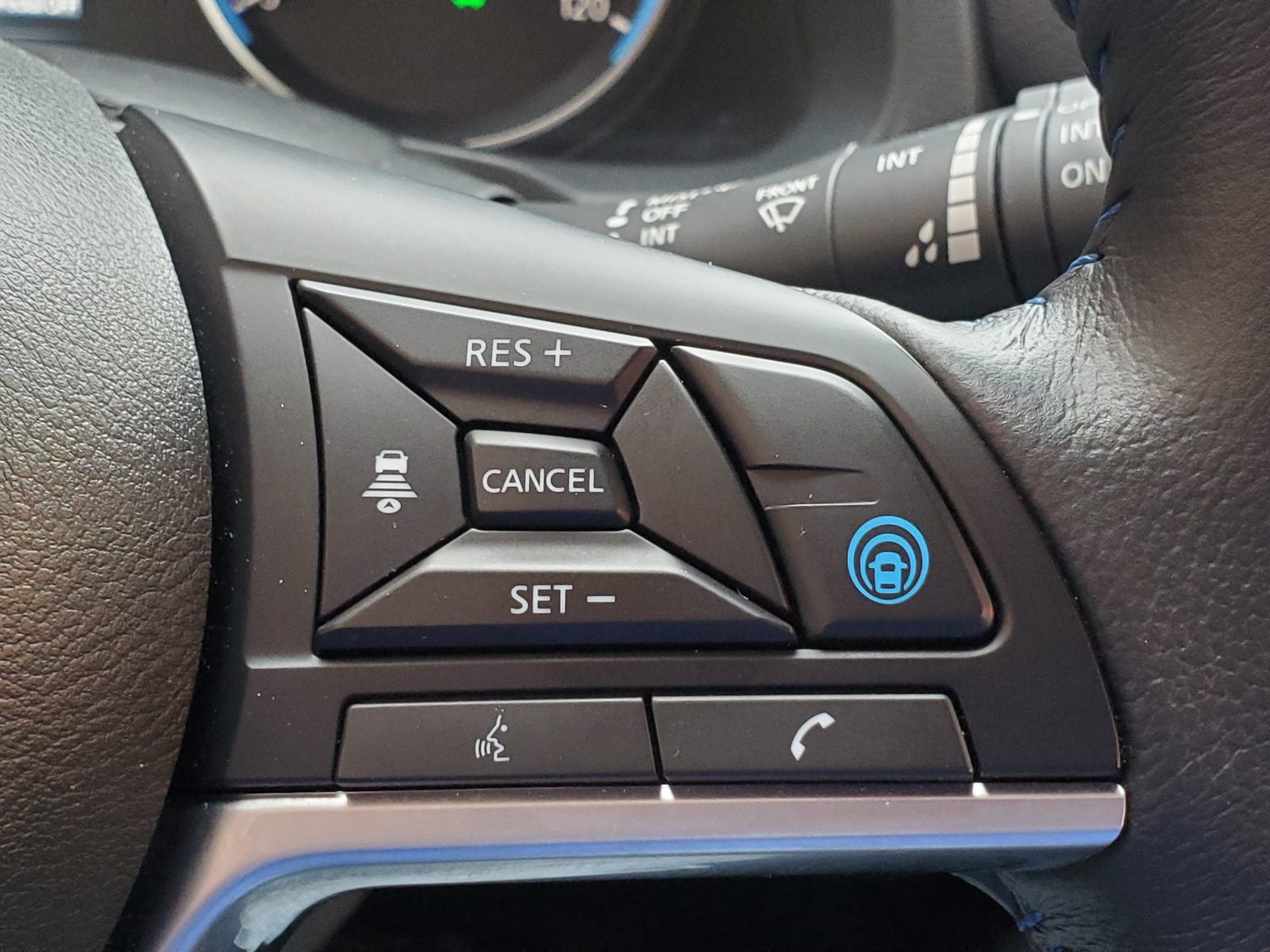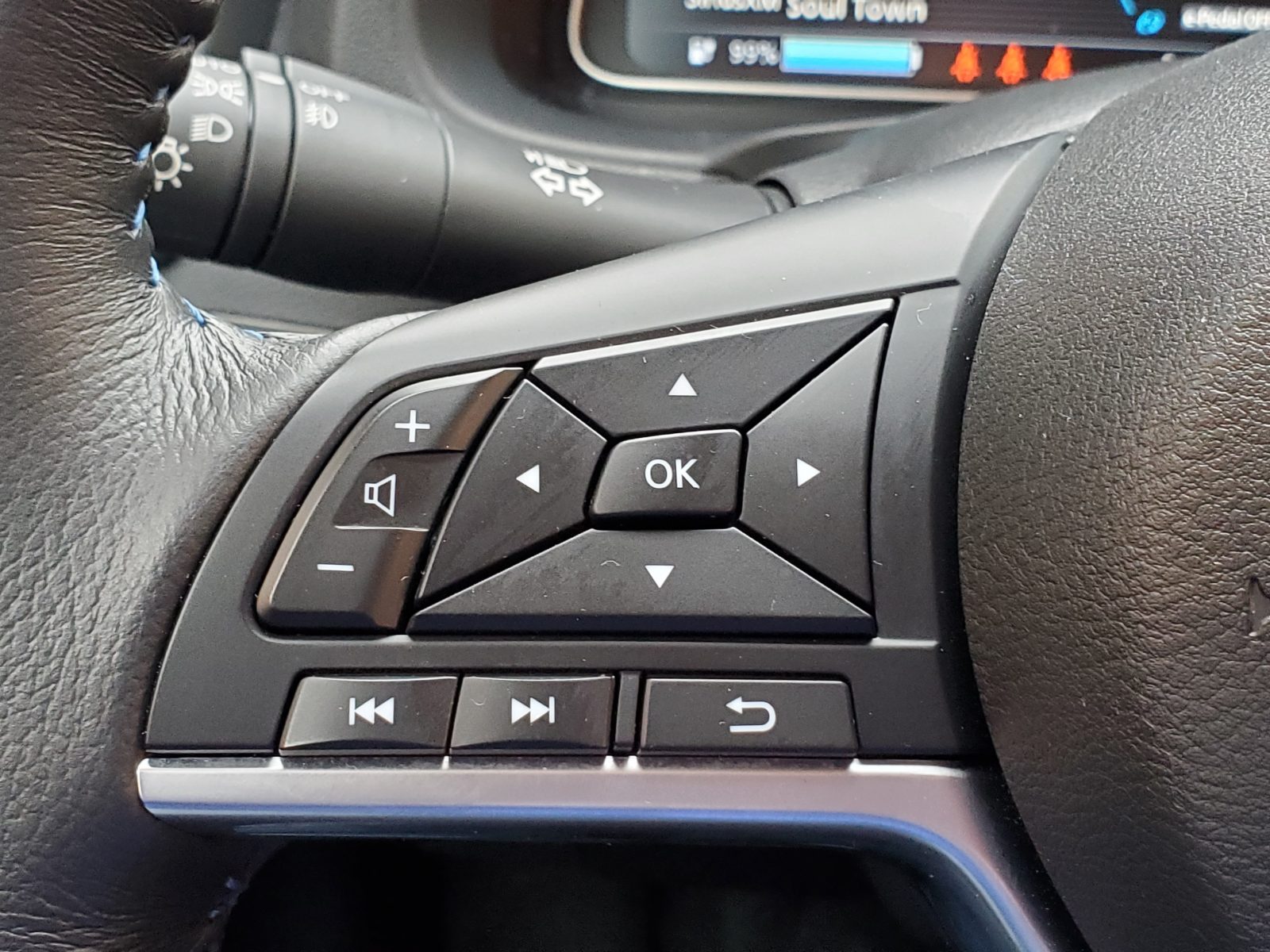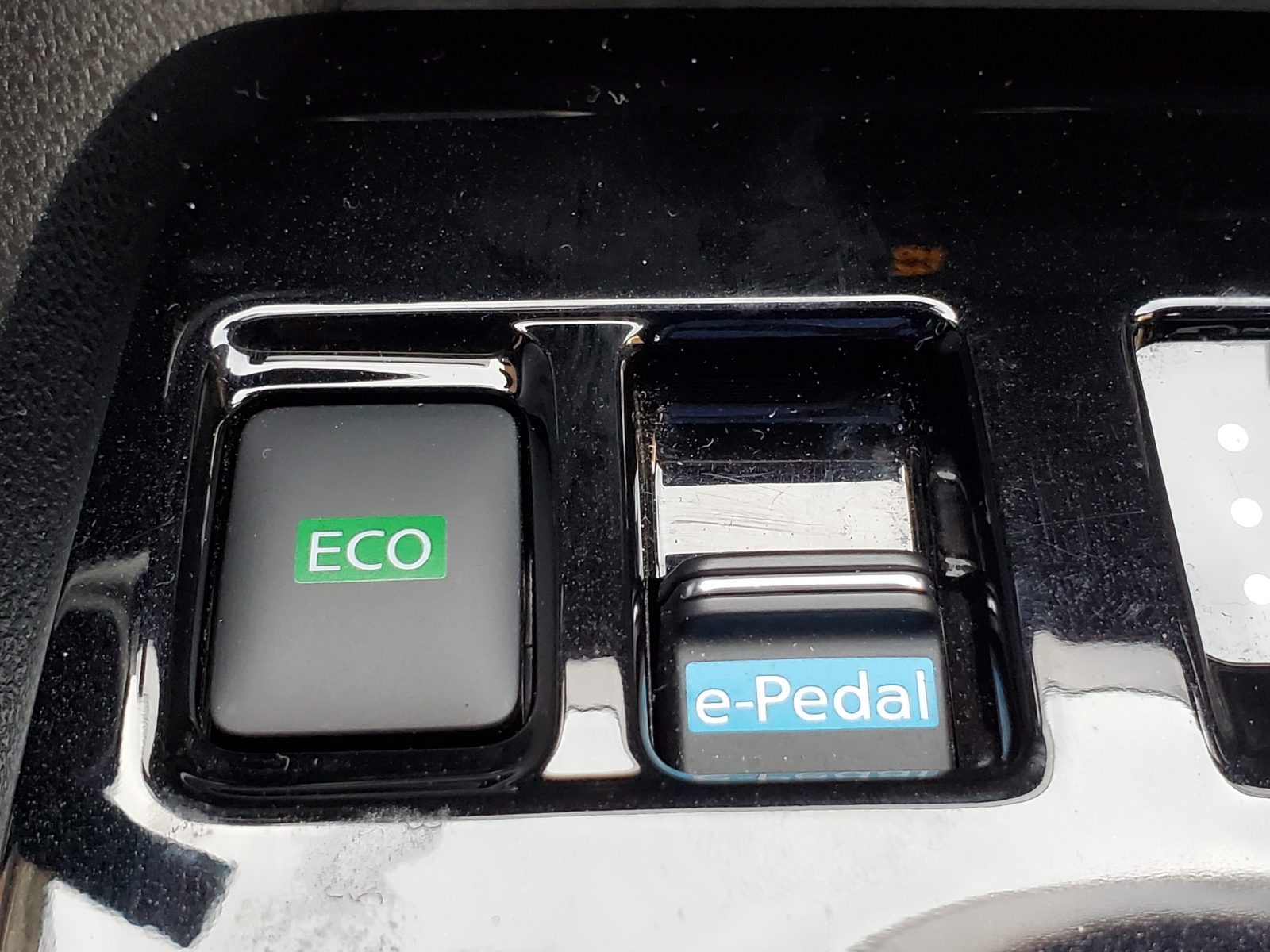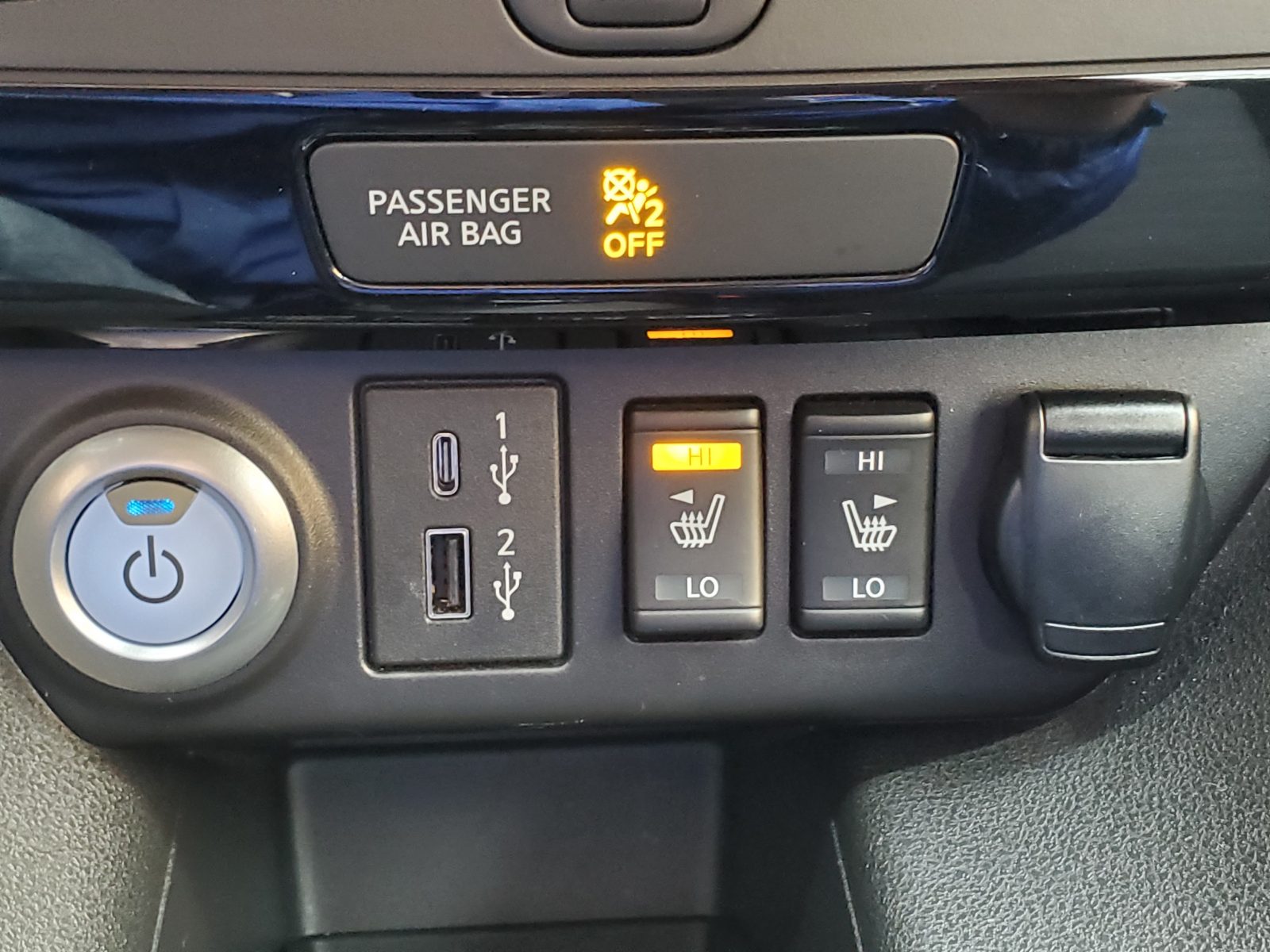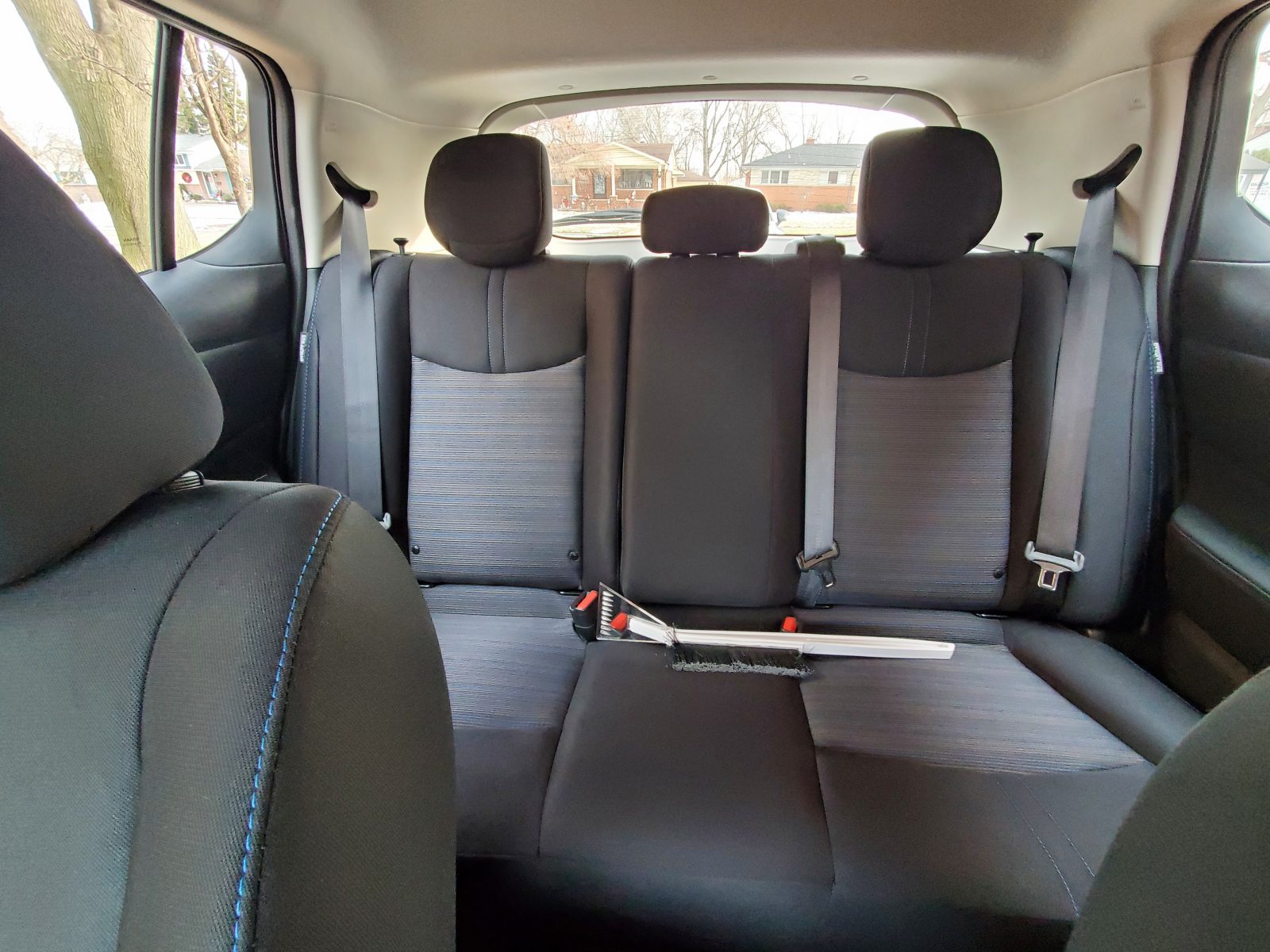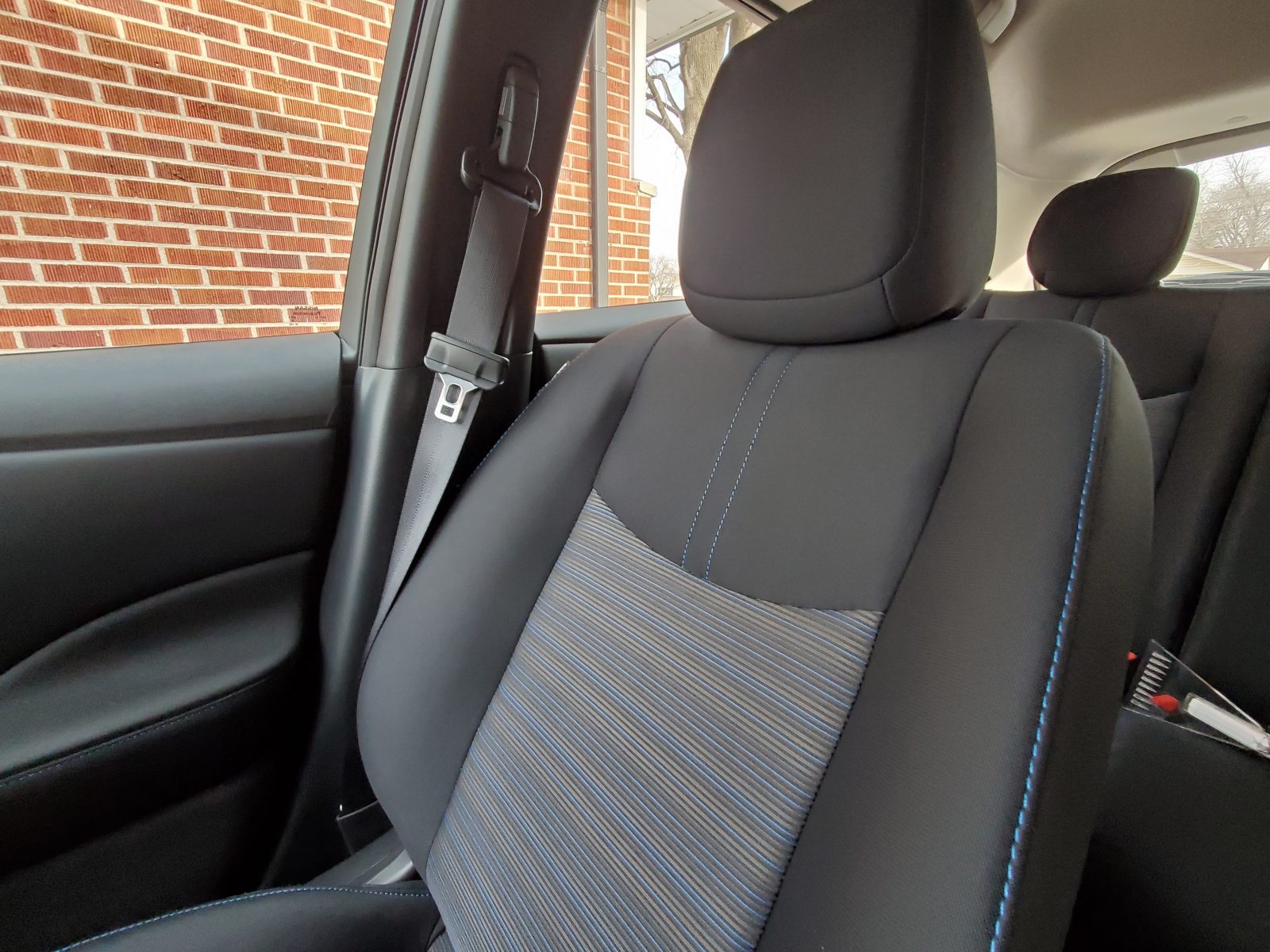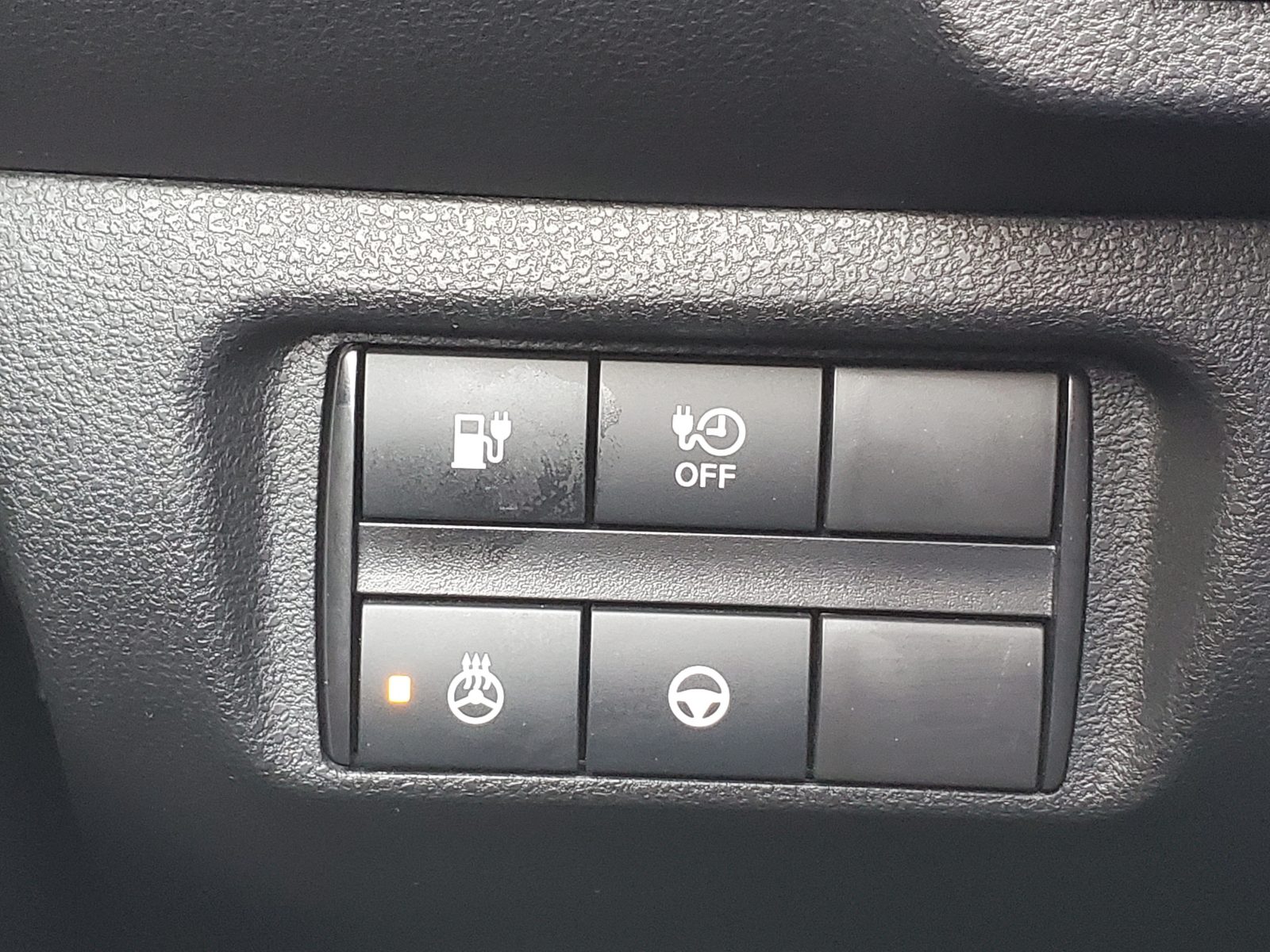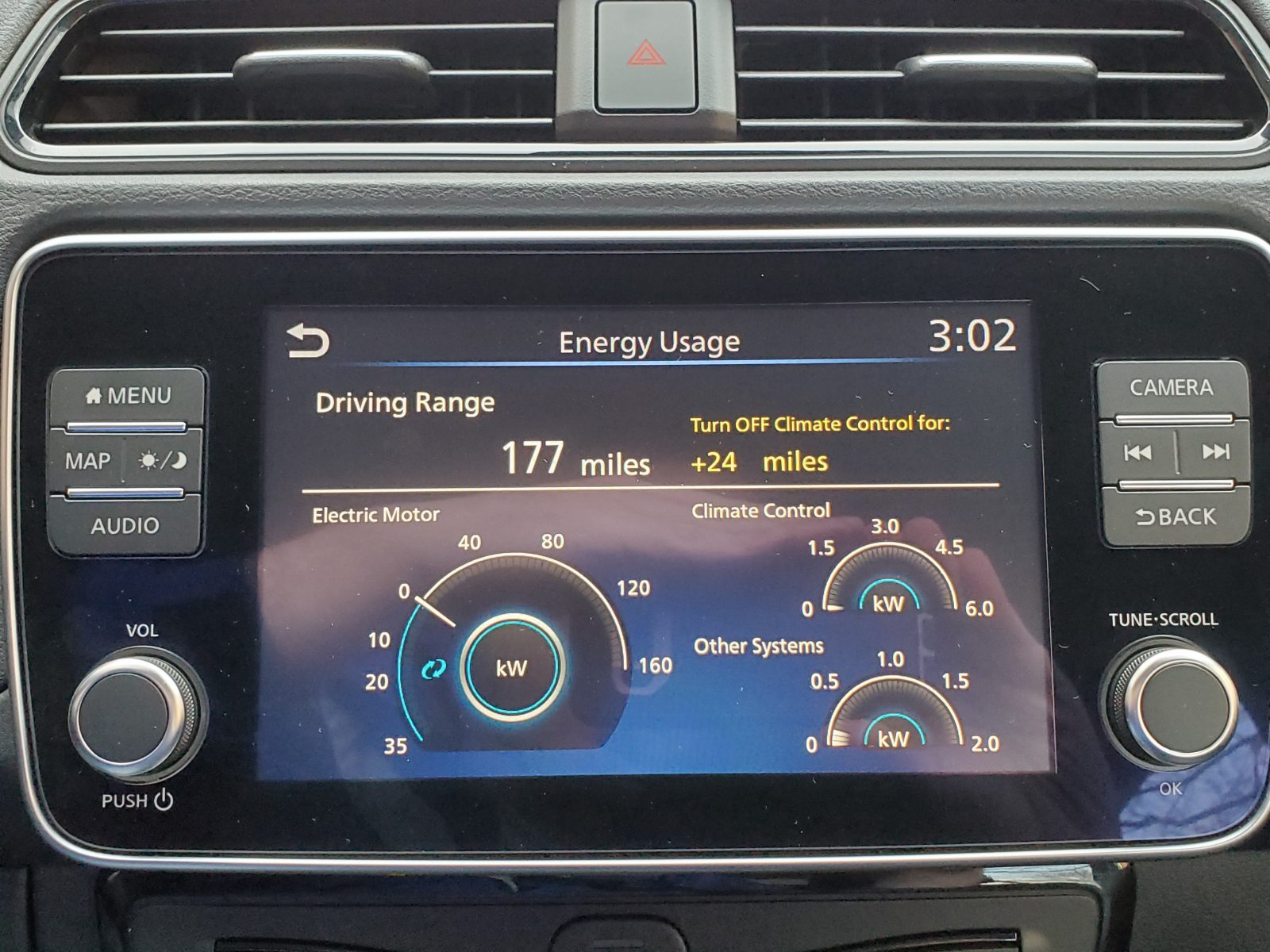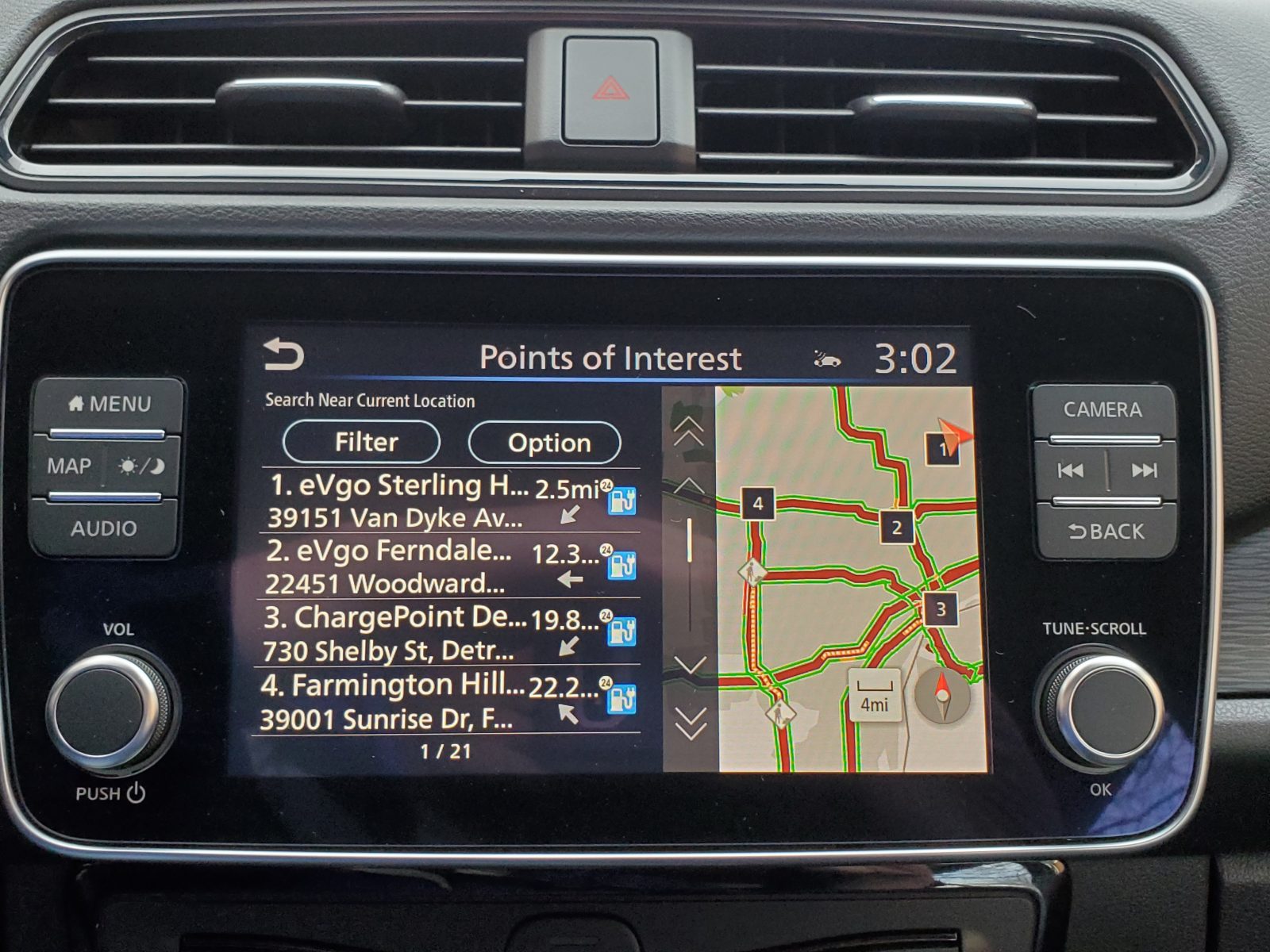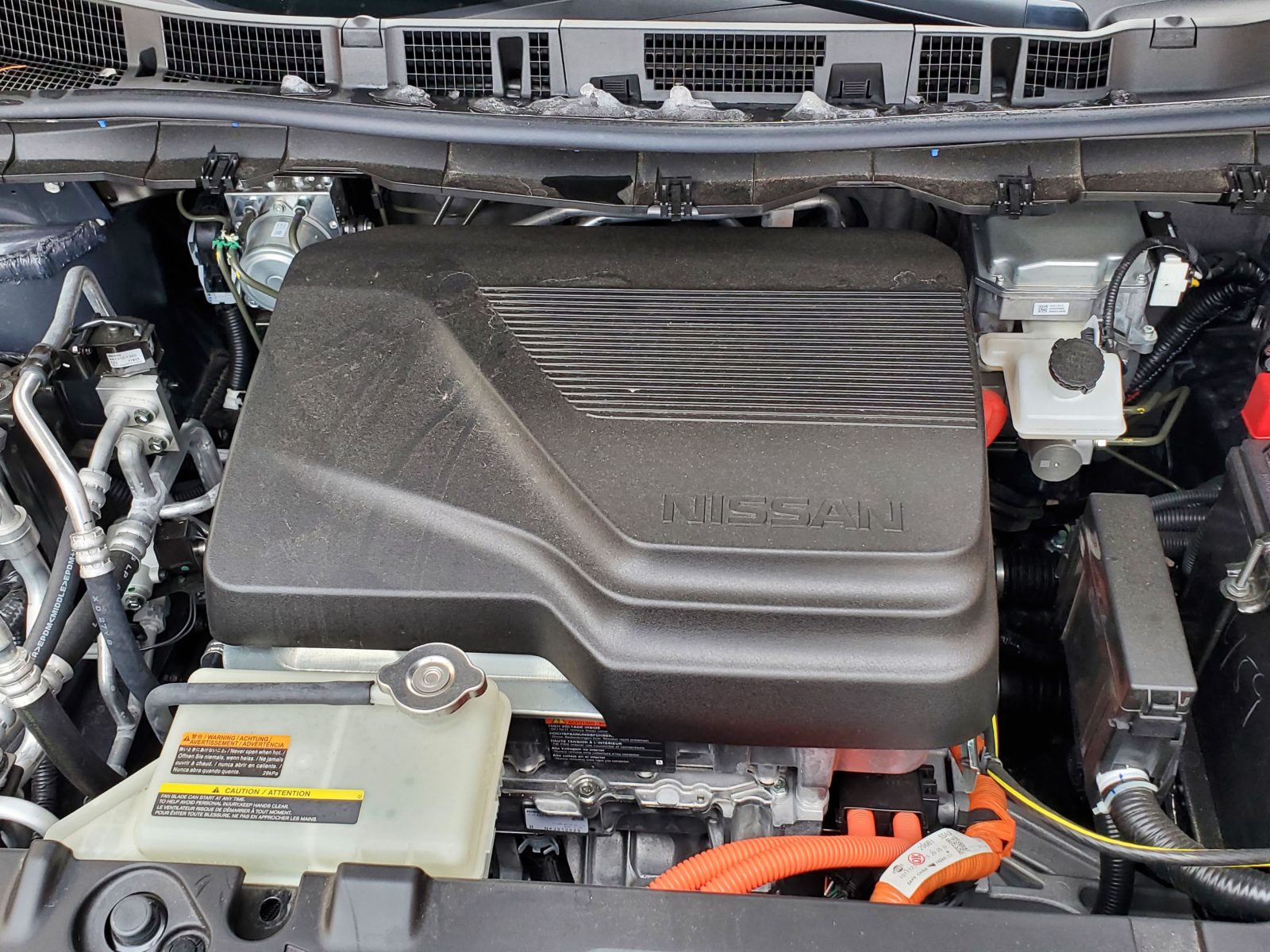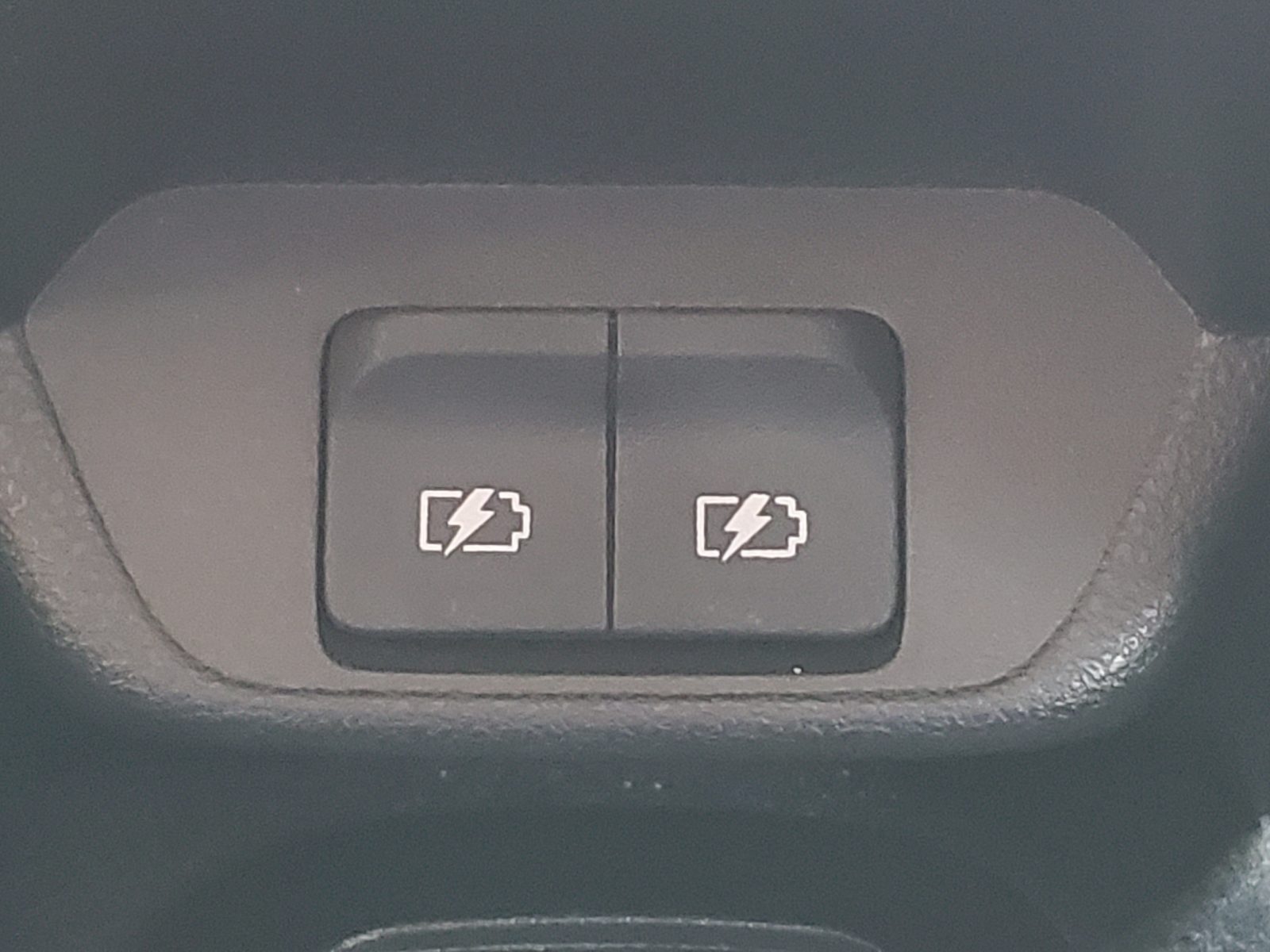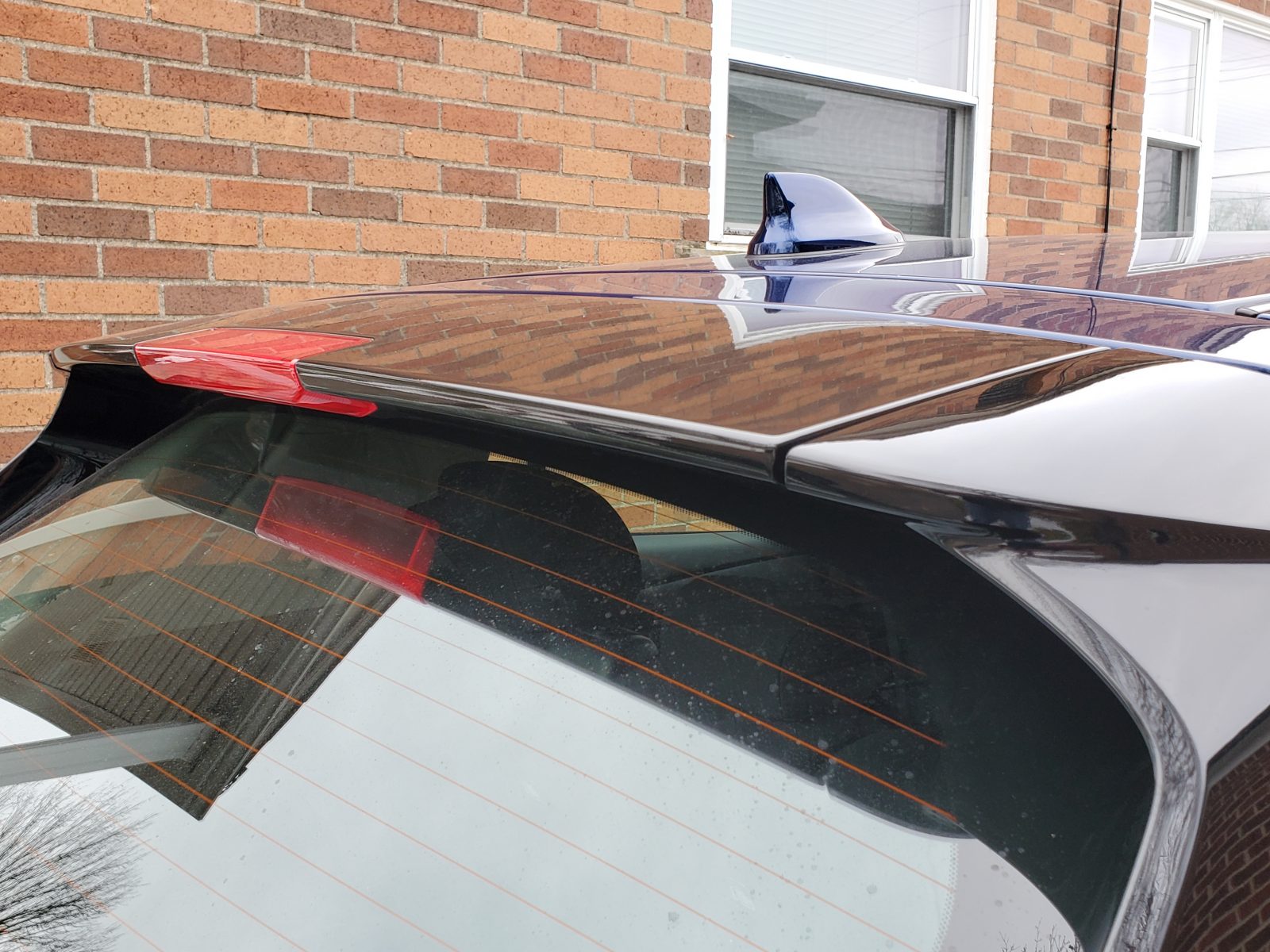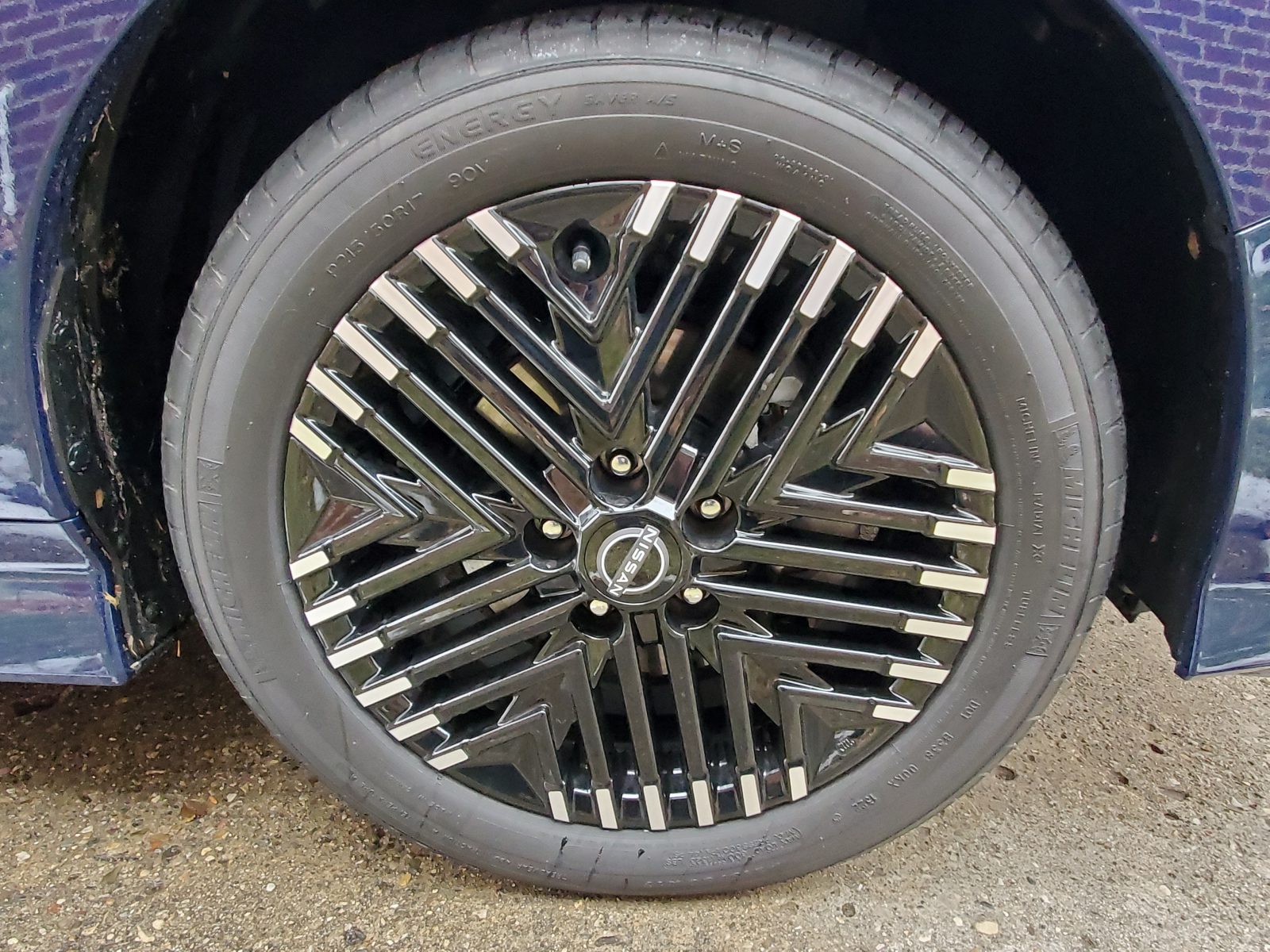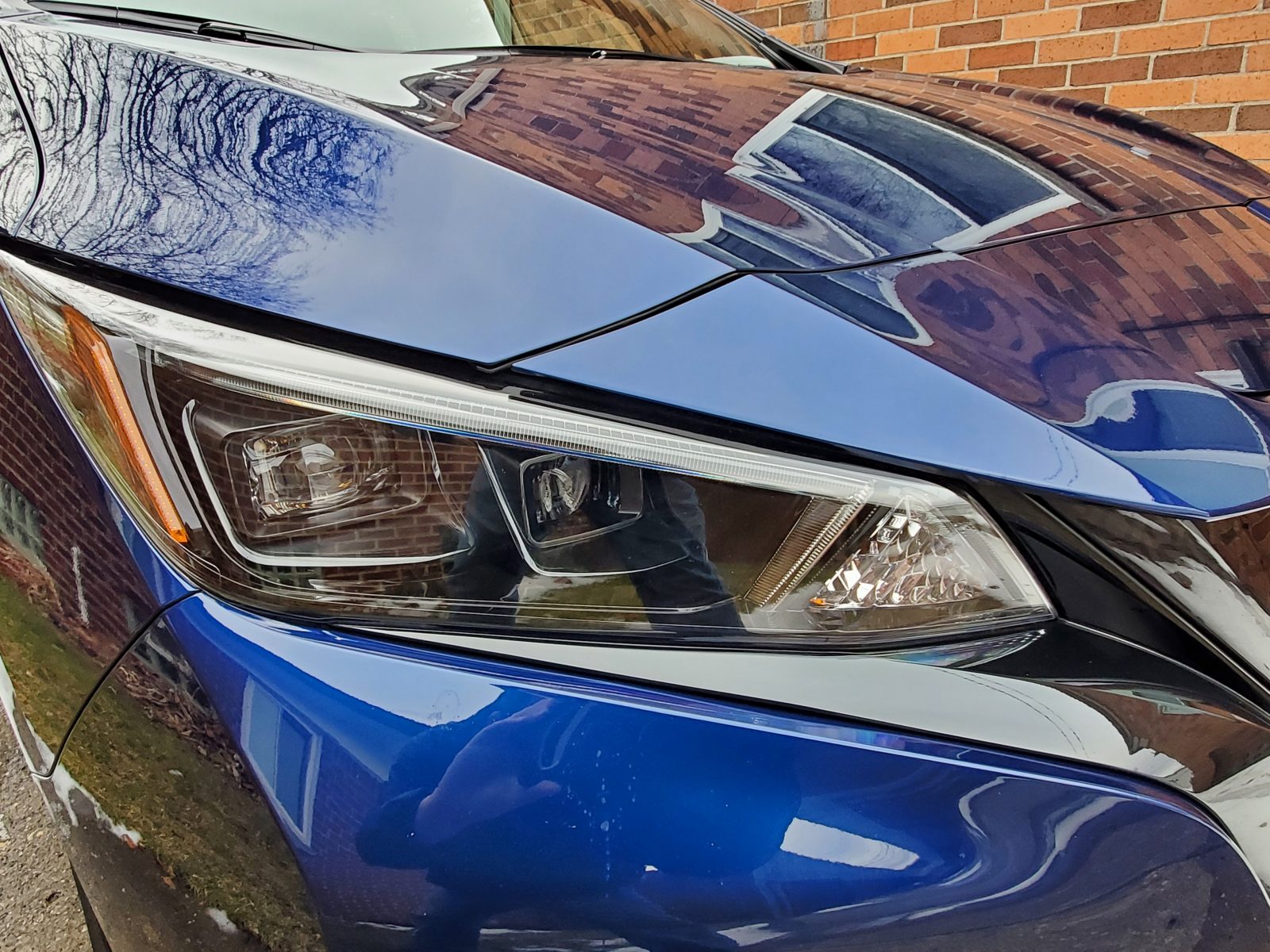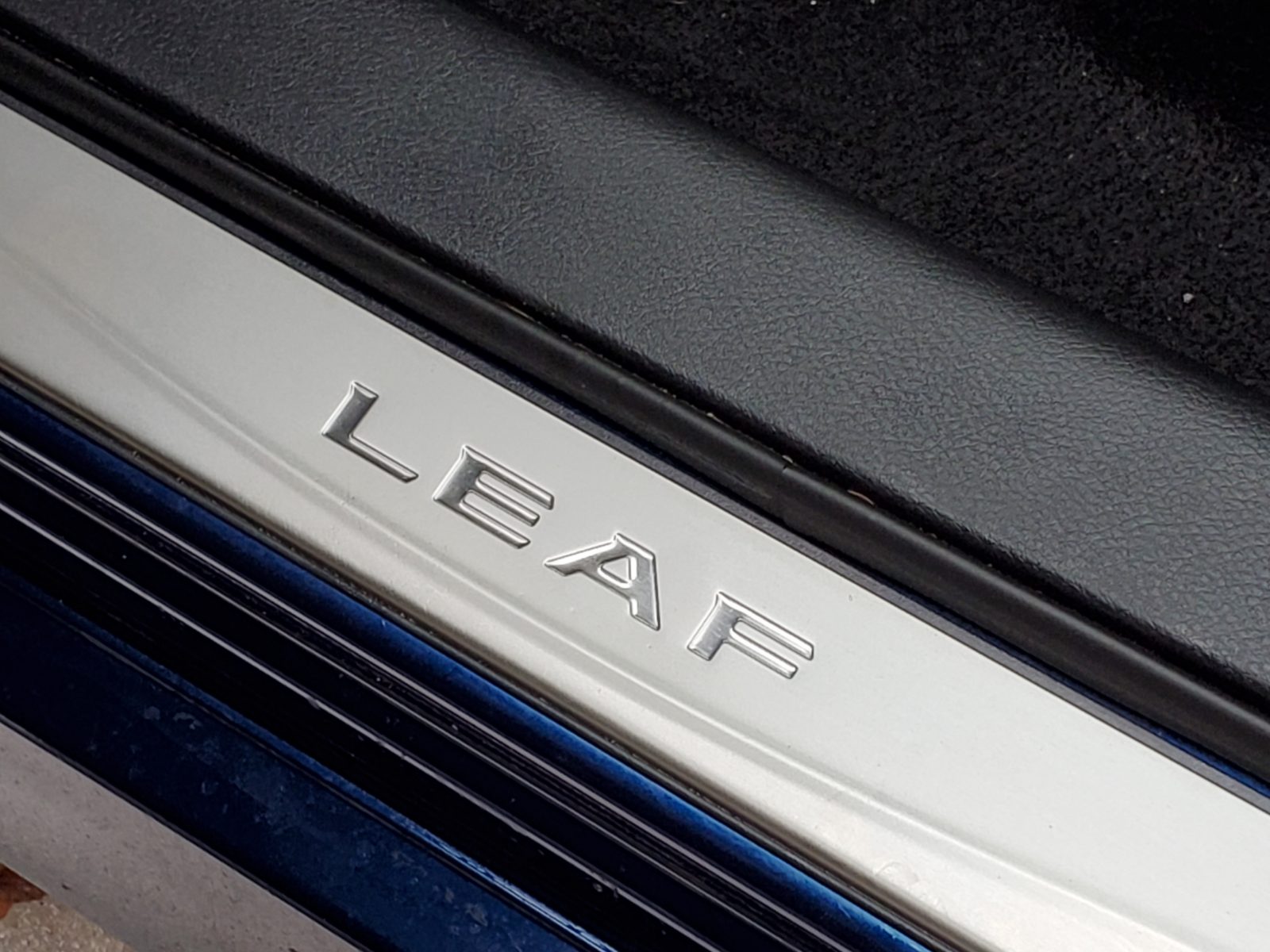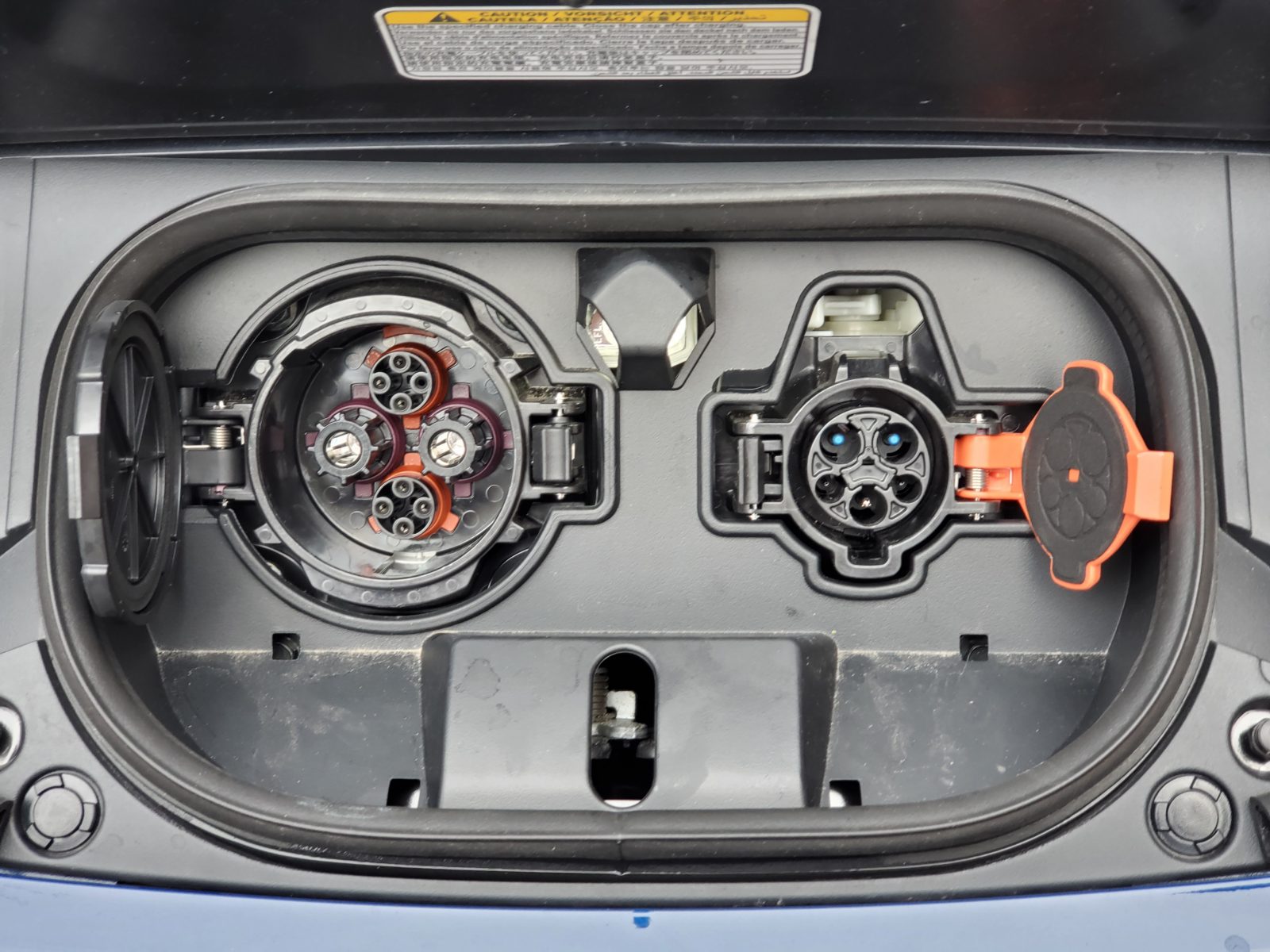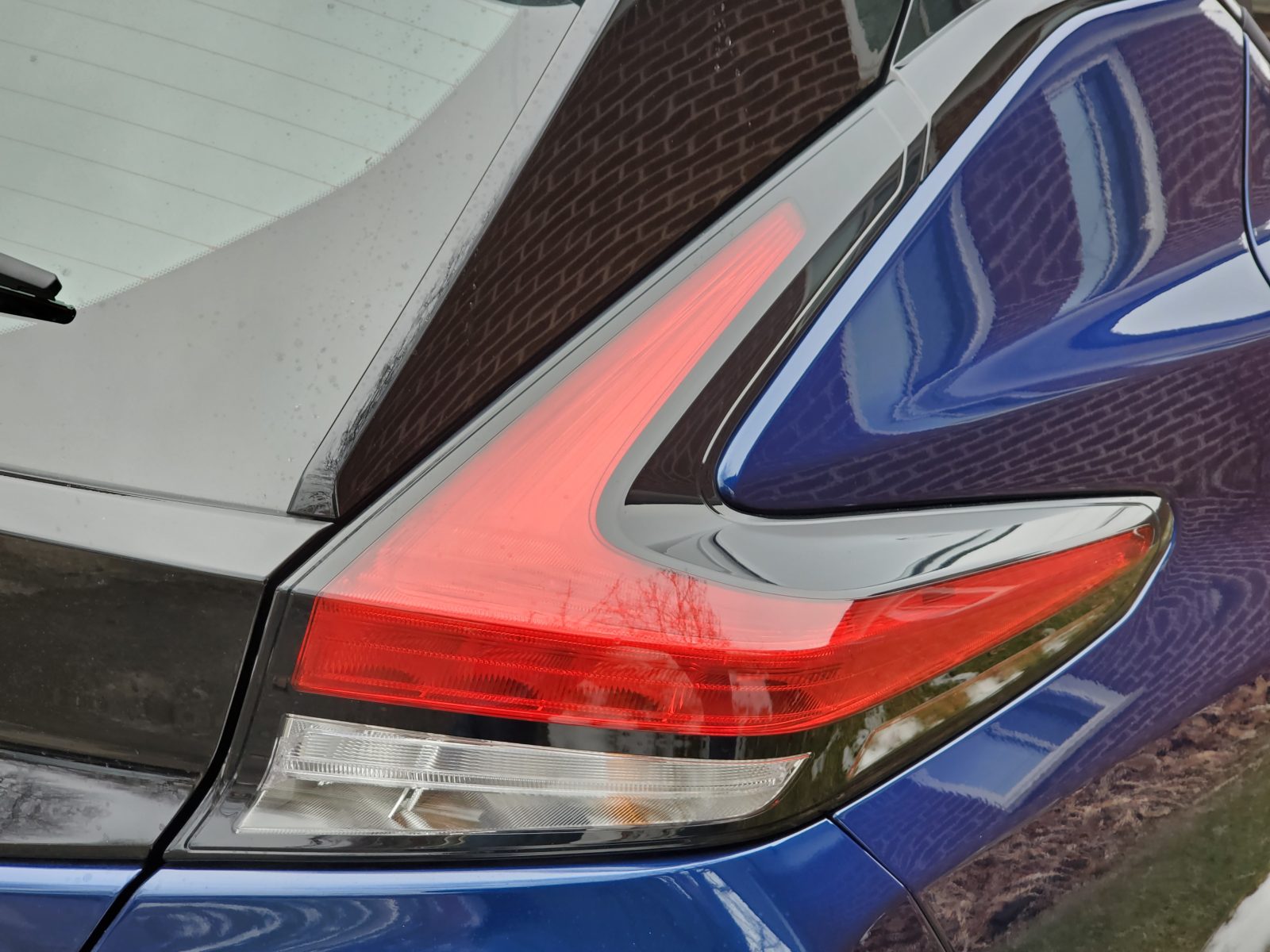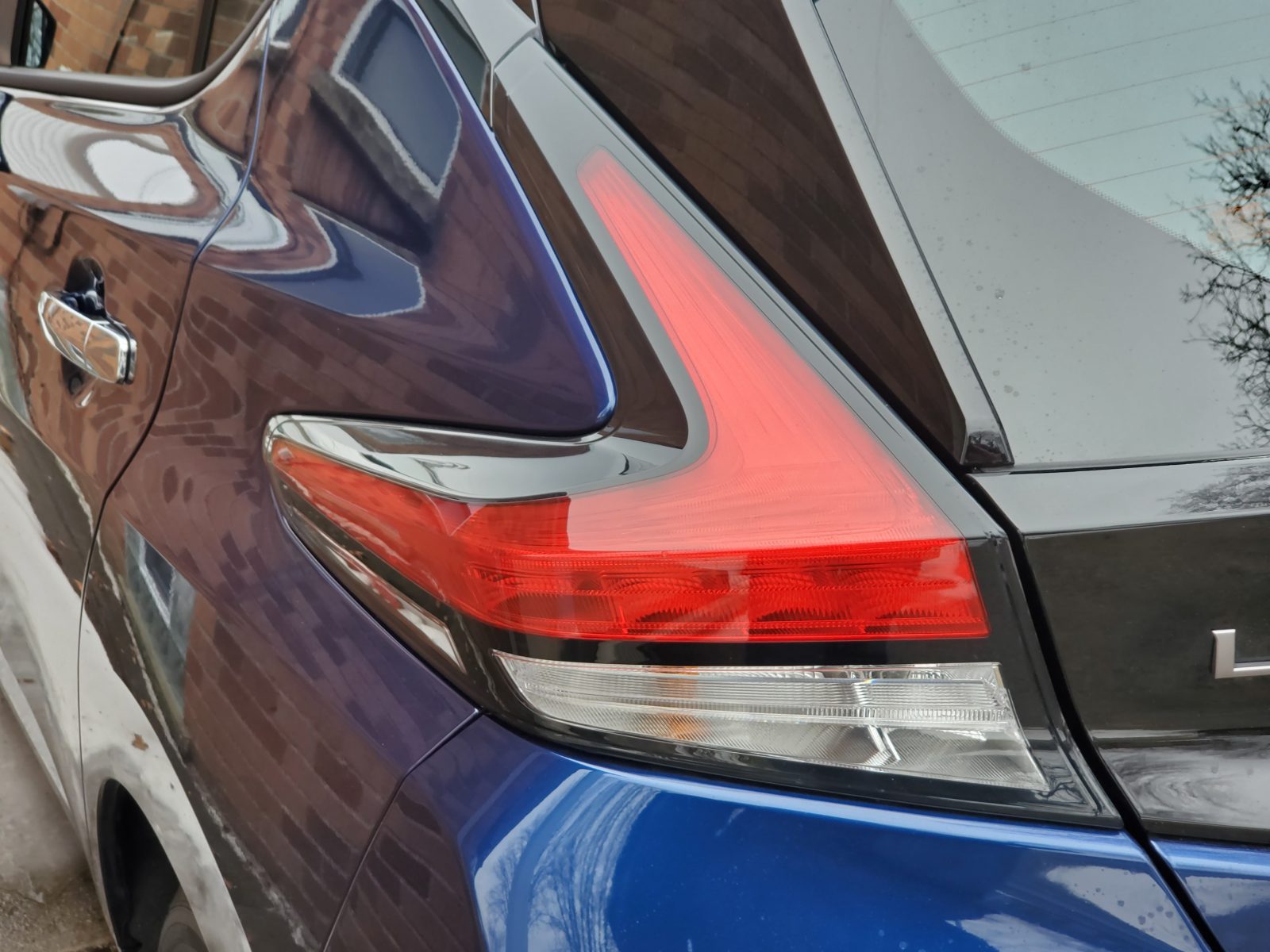The 2023 Nissan Leaf is bucking the trend in the EV segment, This particular realm is still a relatively young segment and alot of the entries tend to be priced higher than some gasoline powered cars. But Nissan is out to change that with the second generation Leaf and is keen to show that value and green vehicle technology can exist in the same sphere of influence.
Hatchback Styling and Simple Styling Motif Makes Leaf Unique
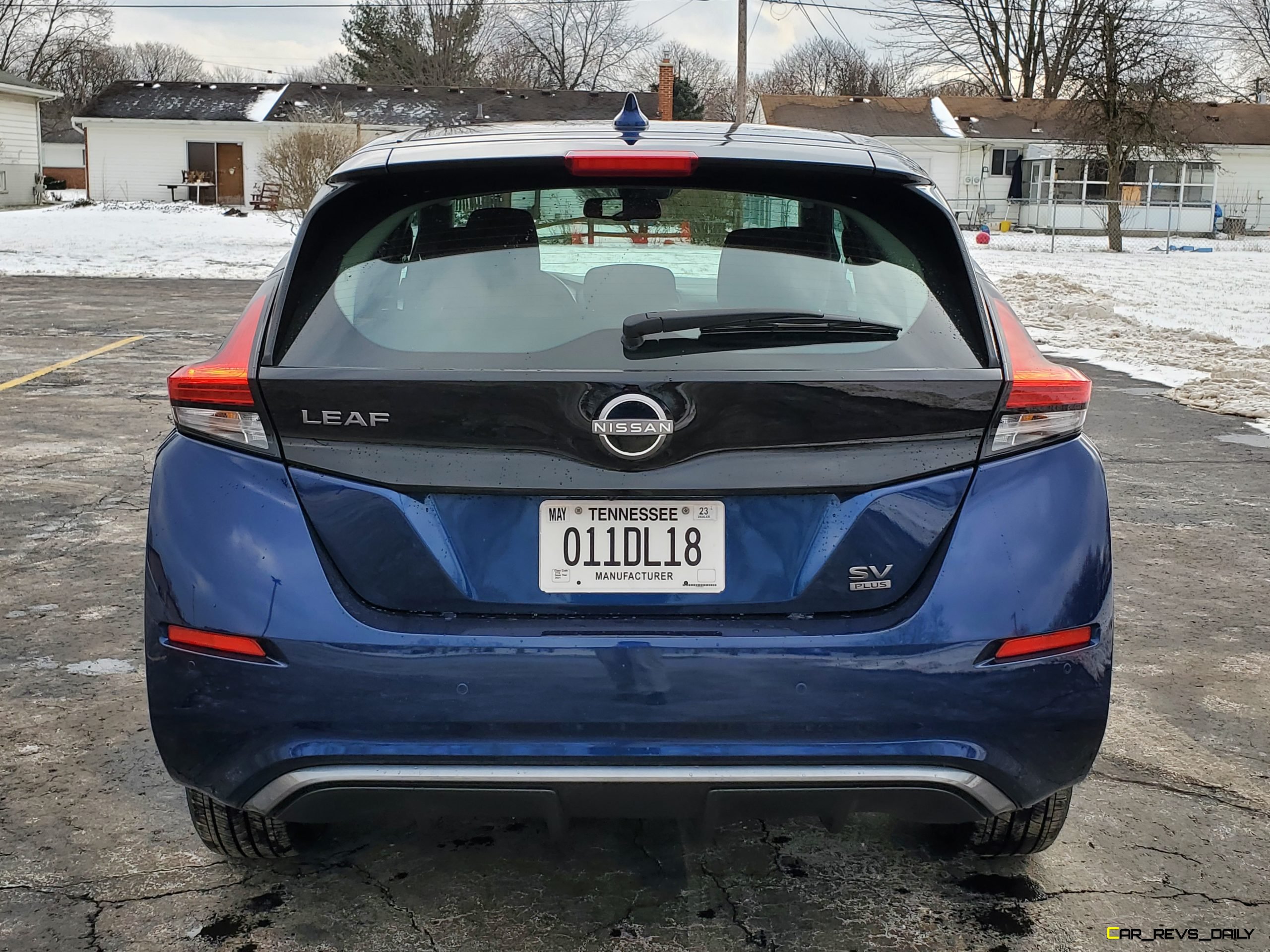
The Nissan Leaf has been around for awhile now but while the first generation model looked like a futuristic Jetsons creation, this iteration of the Leaf adopts a more conventional suit of clothes’ that’s still based on a hatchback layout. The front fascia is more aggressive looking than before and adopts a version of Nissan’s “V-Motion” front grille albeit in the form of a panel. The side profile transitions into the futuristic rear end with the taillights and the liftgate helping create a clean and unified look.

Rounding out the changes are a sleek set of multi-spoke wheels as well as a light up Nissan emblem which help give the Leaf a distinct presentation at night. While the Leaf’s suit of clothes is not as flashy or as advanced as those worn by Tesla, Ford and others the Leaf makes up for it by giving EV buyers an alternative that blends in better with everyday traffic while also not drawing too much attention to their green motoring ambitions. We also liked the front mounted charging port which made charging our tester a breeze and is a welcome relief from other charge ports that are often mounted on either the front or rear fenders.
Leaf Interior Balances Out Cramped Confines With High Quality
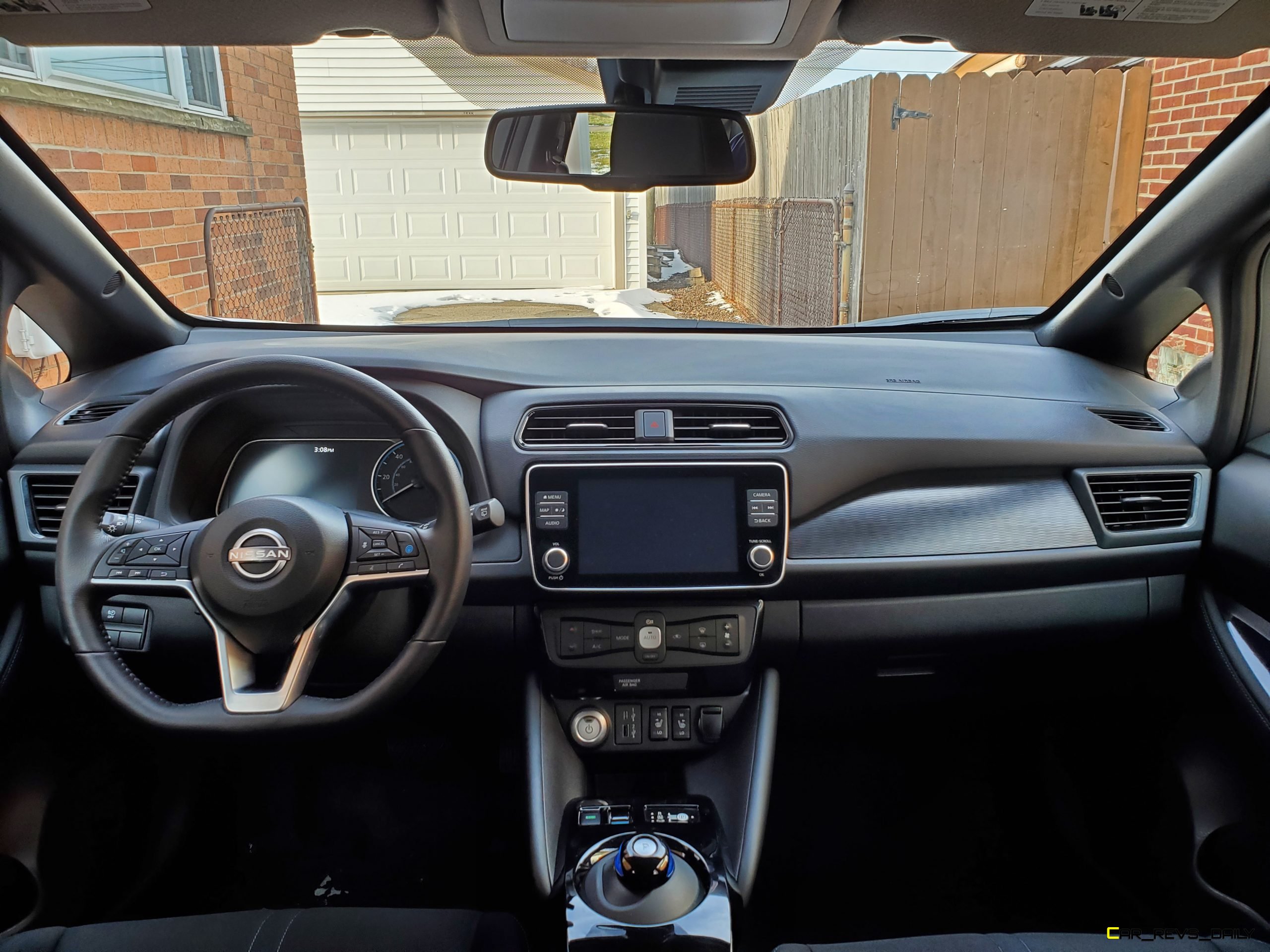
While the cabin of our SV Plus tester had alot of black plastic, Nissan designers managed to counteract the perception of it looking cheap by designing the cabin to have uniform textures and simple shapes. The gauge cluster has a large analog speedometer with a 7.0-inch digital gauge next to it showing a wide range of displays with the screen easily being reconfigured by the driver. The front seats offer an impressive degree of comfort and even the rear seats have enough room for most passengers.
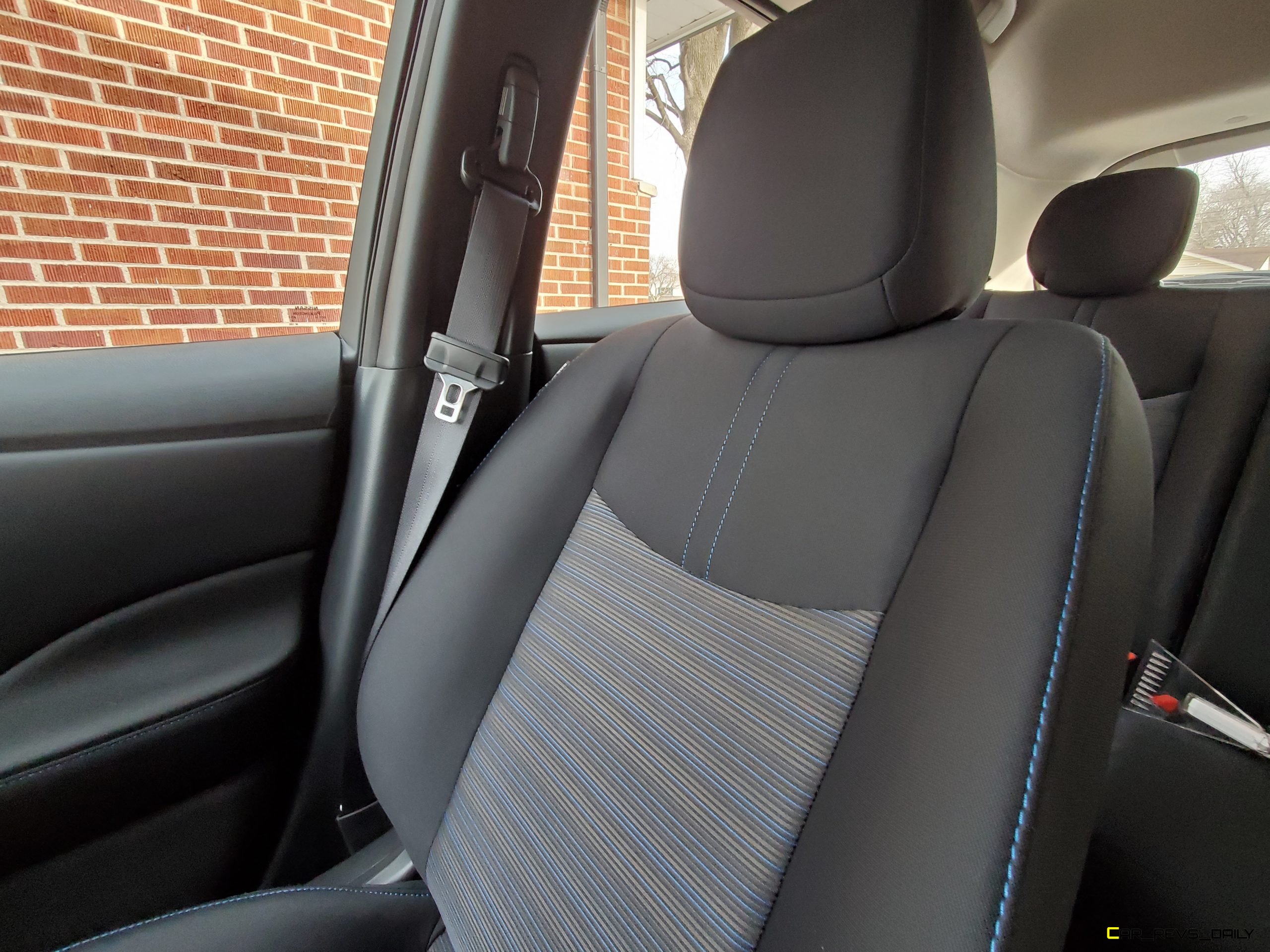
Folding them down doesn’t do too much to improve cargo space, but that little quibble doesn’t matter much since the Leaf still manages to have best in its class ratings for this particular category. All Nissan Leaf models come with an 8.0-inch infotainment system with Apple CarPlay and Android Auto. Navigation is optional but all Leafs come with Nissan’s Nissan Connect software which improves load times and operation. The seven-speaker premium audio system ( a six-speaker unit is standard) is nothing to write home about but it should have plenty of performance for everyday commuting.
Going Through The Motions With Electron Powered Motivation

All Leaf models are front-wheel drive and while the base S model gets a 147-horsepower motor and a 40.0 kWh battery pack, our SV Plus tester arrived with a 214-hp electric motor and a bigger 62.0 kWh battery pack. Our tester managed to make the sprint to 60 mph in the mid 6 second range and while the Leaf is far from being a formal hot hatch, our tester still felt pretty perky when tasked with the occasional burst of spirited driving.

The biggest surprise for us was the Leaf’s e-pedal mode which allows the driver to toggle through several settings for the regenerative braking. That includes a one-pedal driving mode that allows the driver to coast and even slow to a stop without using the brake pedal. The latter uses the energy from the brake system to help recharge the battery. The light steering in our tester was responsive but there were noticeable dead spots in the steering and we wished that our tester had less body roll. Nissan claims that the SV Plus can get 215 miles of range between charges and even a blast of sub-zero winter weather did little to blunt its range.
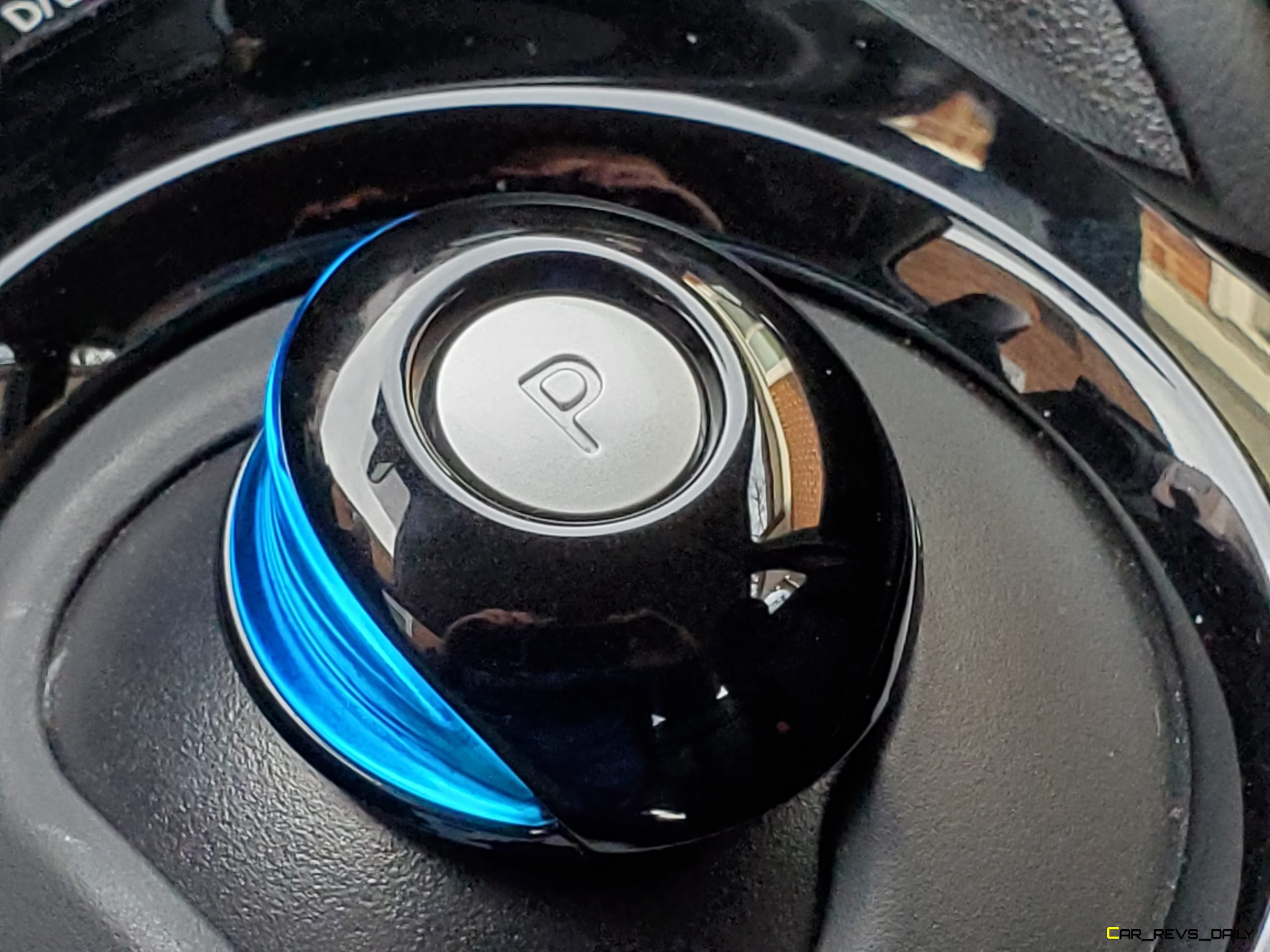
While the Tesla Model Y and the Chevrolet Bolt are all faster than the Leaf, the Nissan makes up for it by being more user friendly and having a fine tuned balance of performance and all-electric driving range. Charging is also good too with Nissan reps claiming that the Leaf can be charged up to a full charge on 240-volts in seven hours. We used a standard 120-volt outlet to charge it during its visit with us and it still managed to do a good job charging our tester up during the night.
Value Quotient
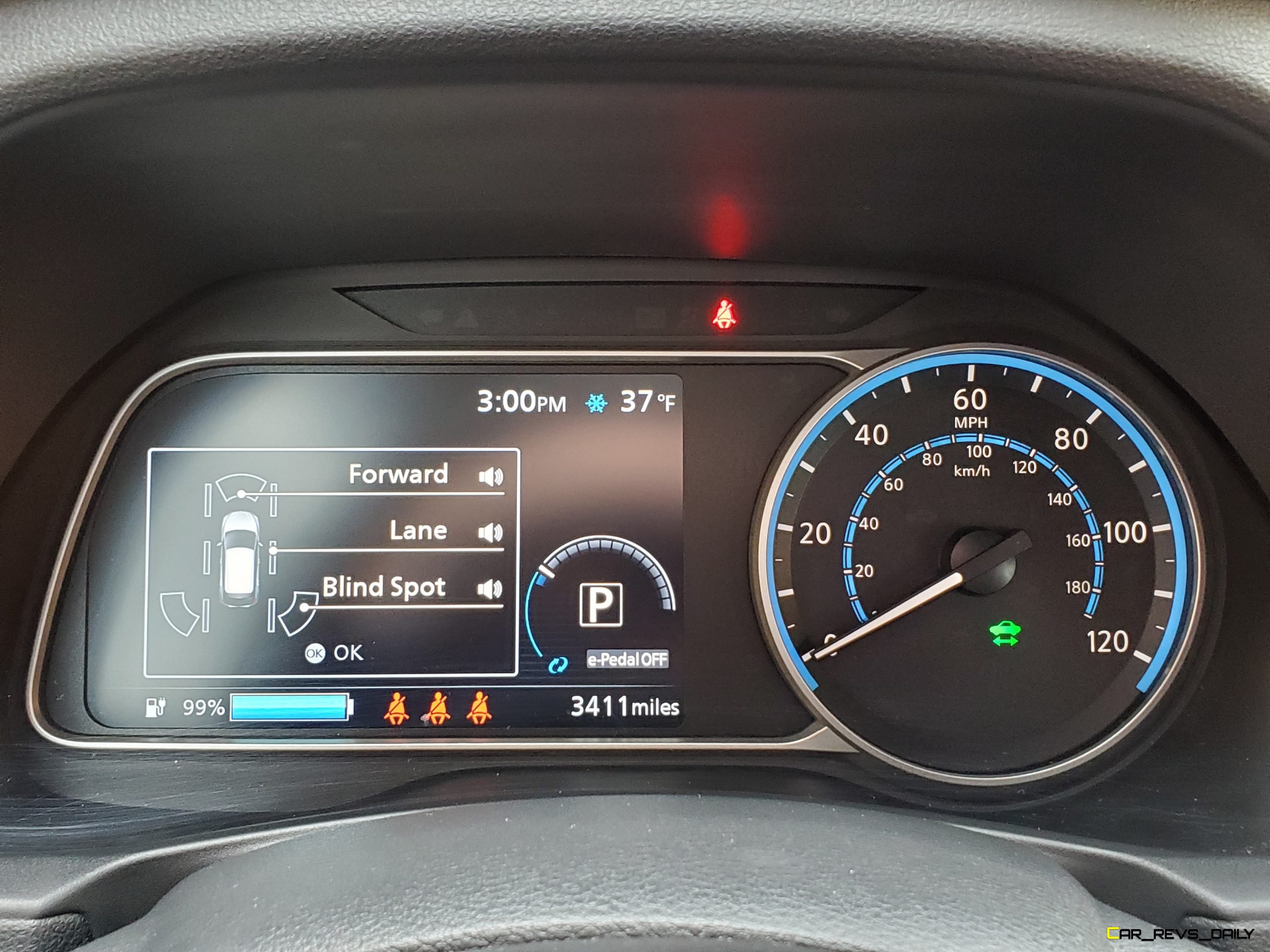
Pricing for the 2023 Nissan Leaf starts at $29,135 for the base S model with green credits and other deductions taking a bite out of the price. Our SV Plus tester had a starting price of $37,135 with light options helping to push the final sticker to just over $38,000. As mentioned, various green credits and other deductions will help take a bite out of the price and allow customers to get a good deal in some situations. That said, the Leaf does lose some ground to the Tesla Model Y and the Chevrolet Bolt in terms of raw performance and range but both of those models have flashier bodywork and in the case of the Tesla it also has more complicated electronics that can take owners some time to fully master.
The 2023 Nissan Leaf has carved an interesting little niche for itself in the EV universe and if your a buyer that’s looking for EV sustainability but in a more value-focused package then the Leaf might be the perfect addition to your driveway.

Carl Malek has been an automotive journalist for over 10 years. First starting out as a freelance photographer before making the transition to writing during college, his work has appeared on numerous automotive forums as well as websites such as Autoshopper.com.
Carl is also a big fan of British vehicles with the bulk of his devotion going to the Morgan Motor Company as well as offerings from Lotus, MG, and Caterham. When he is not writing about automobiles, Carl enjoys spending time with his family and friends in the Metro Detroit area, as well as spending time with his adorable pets.

